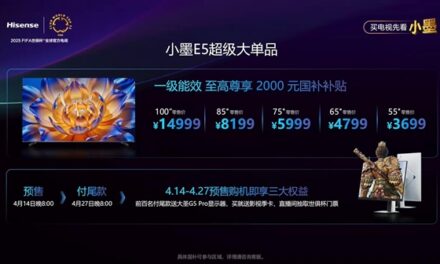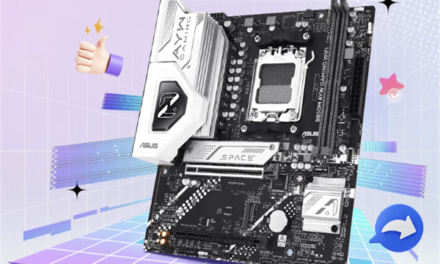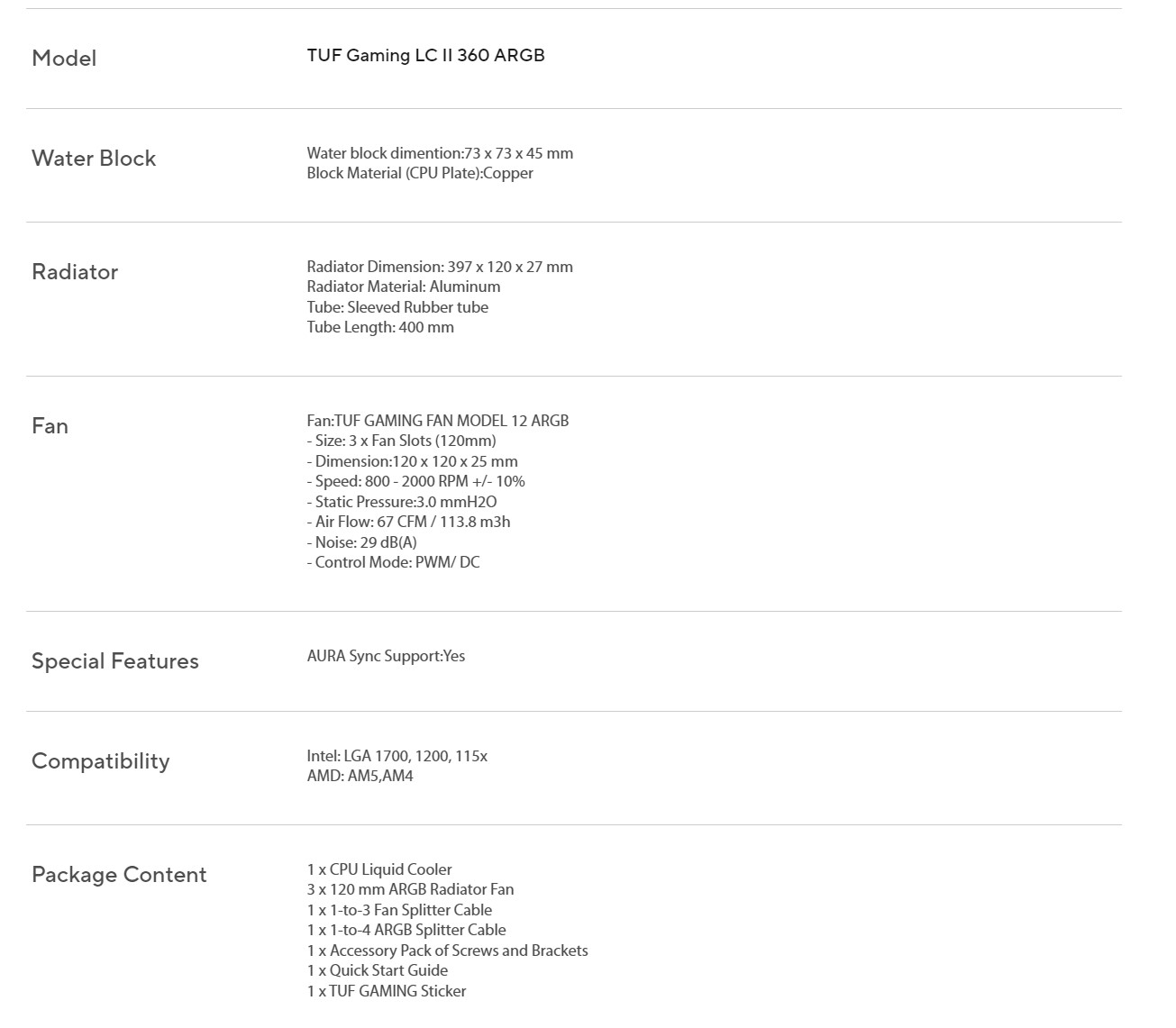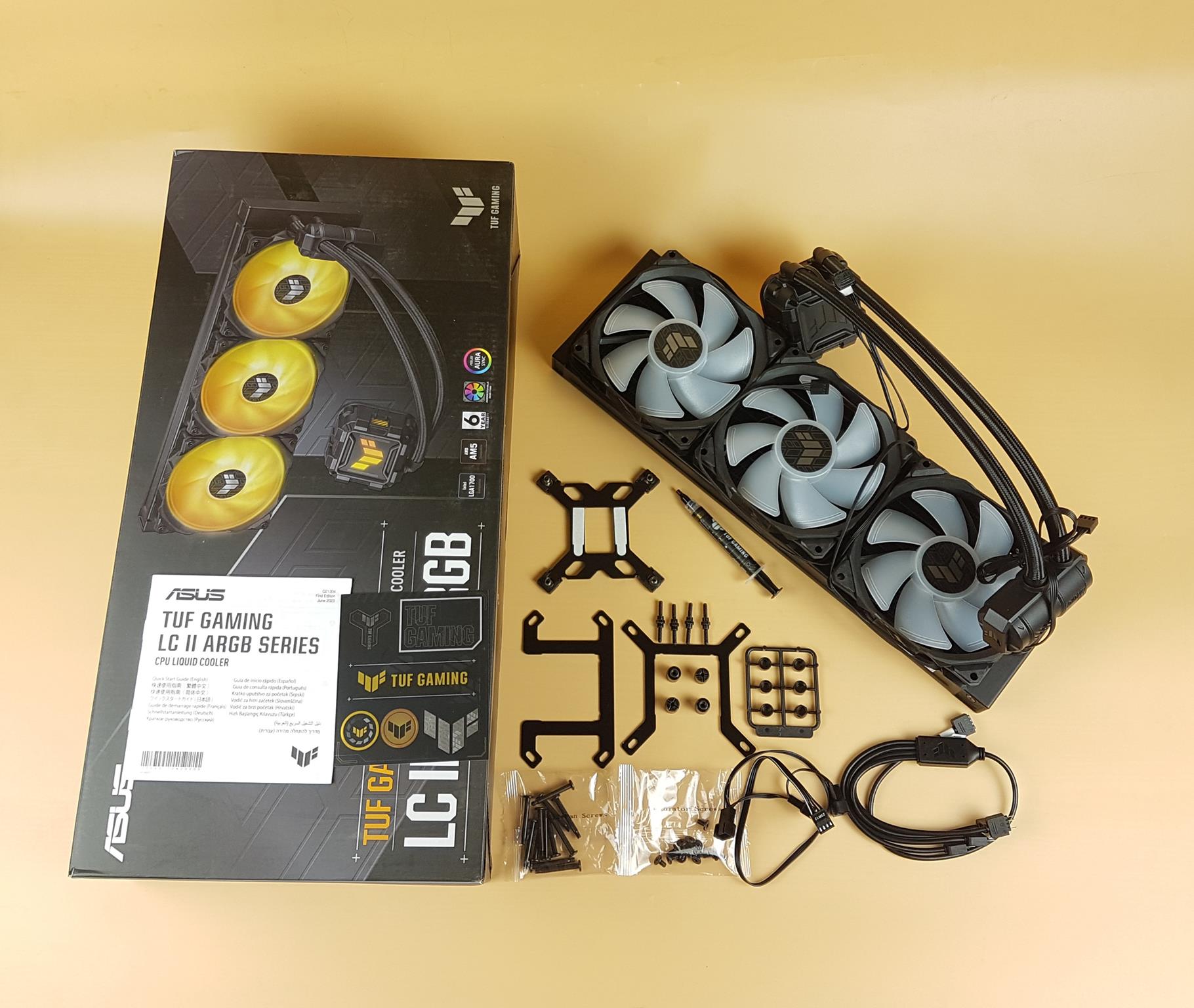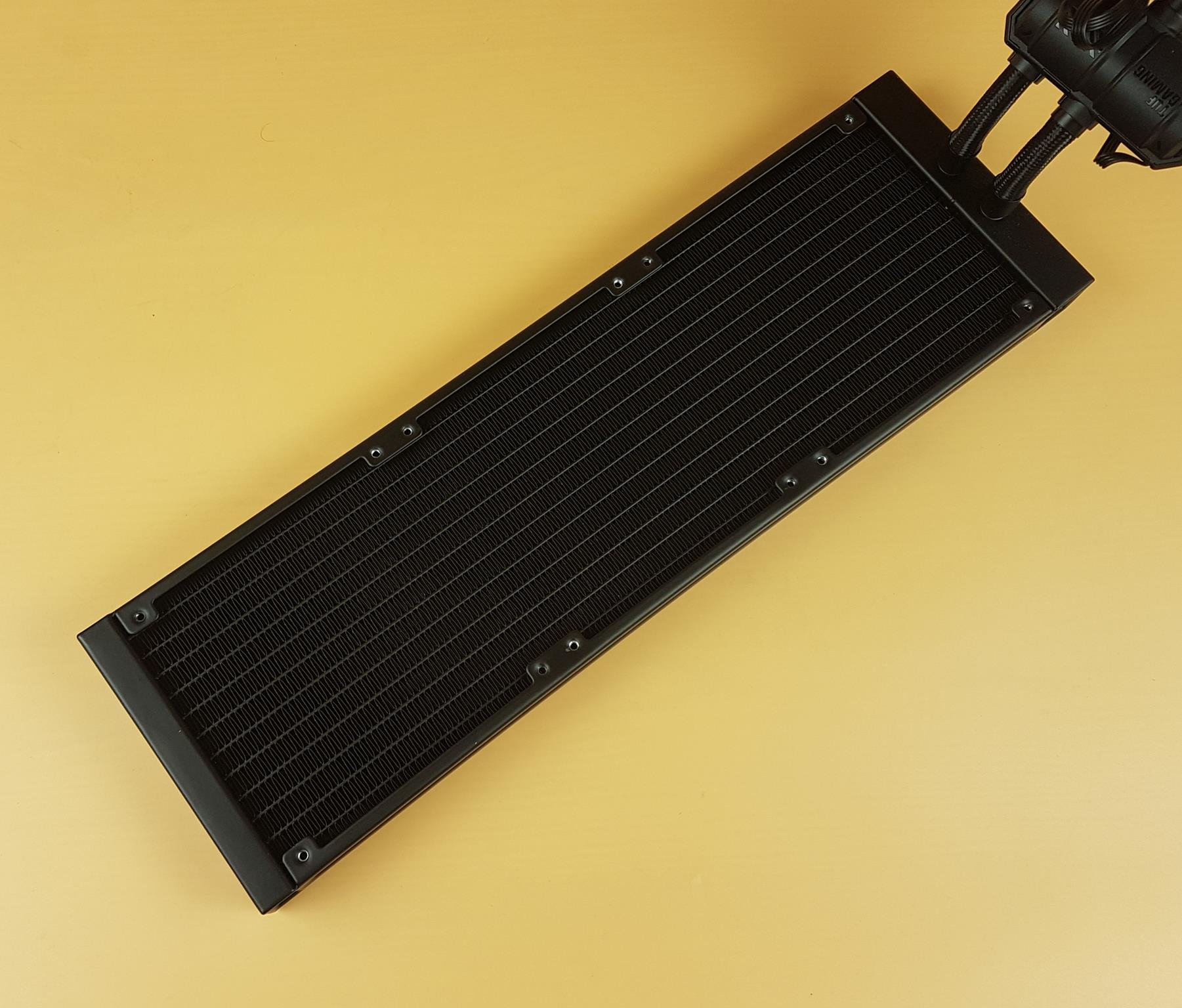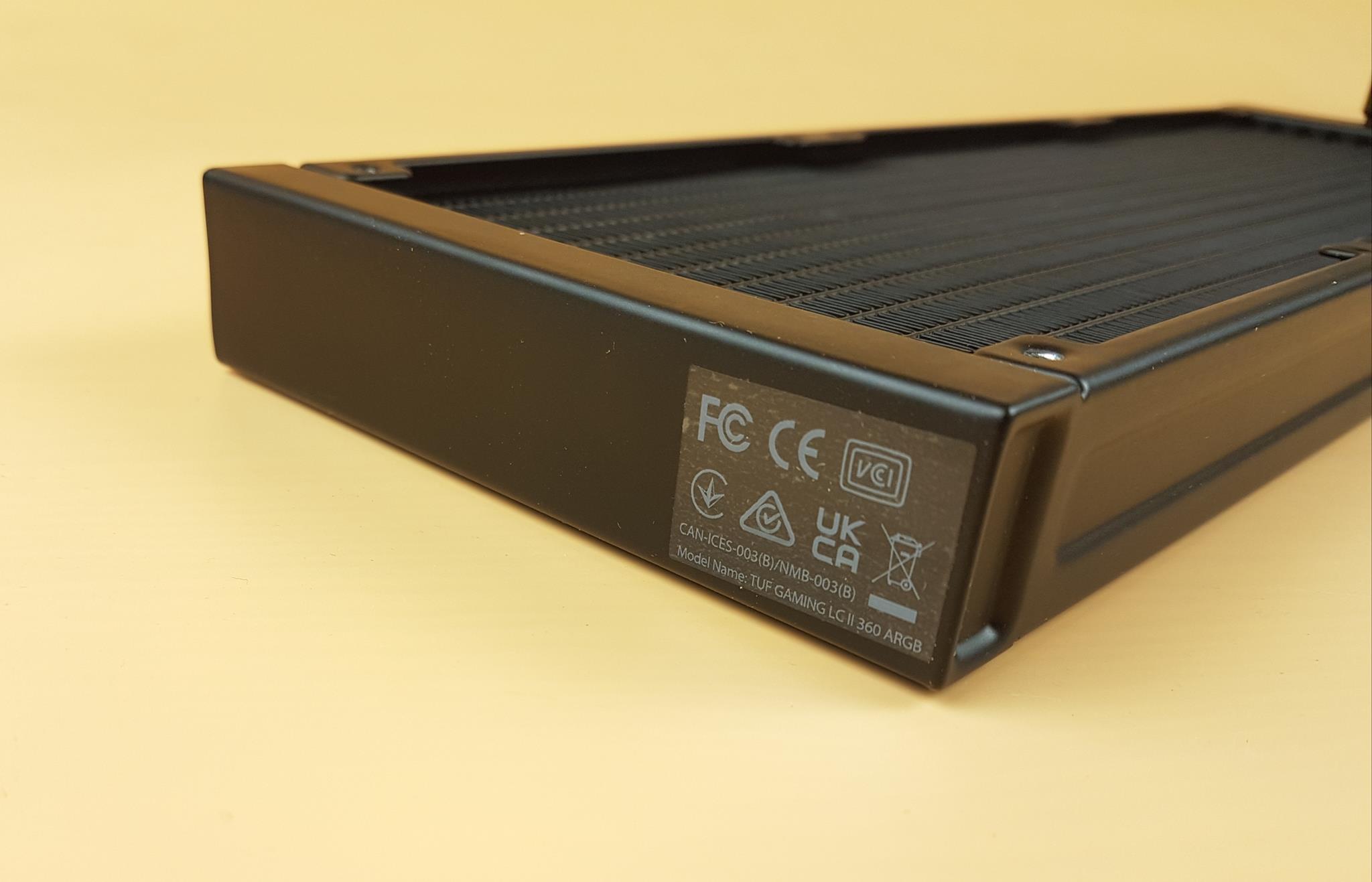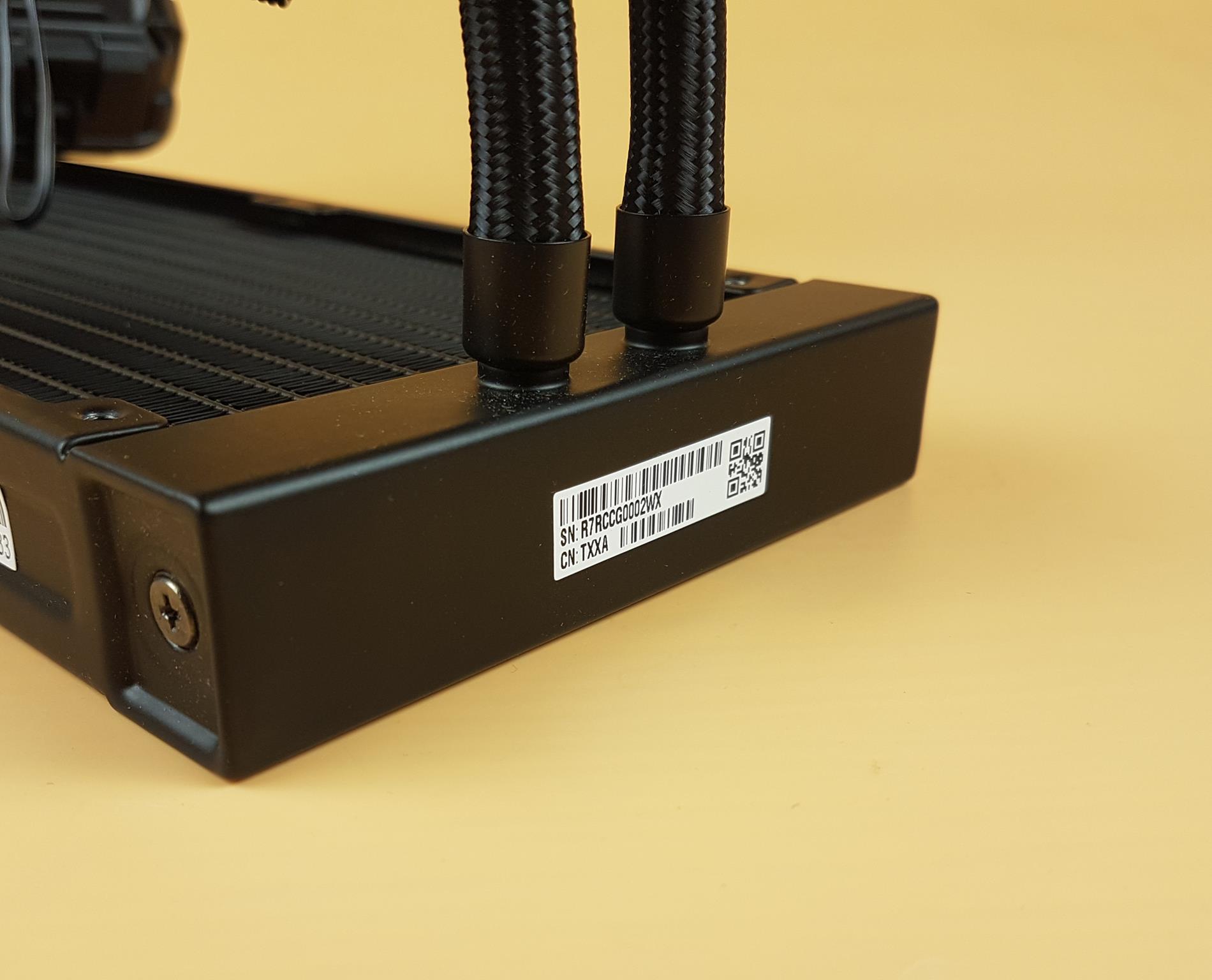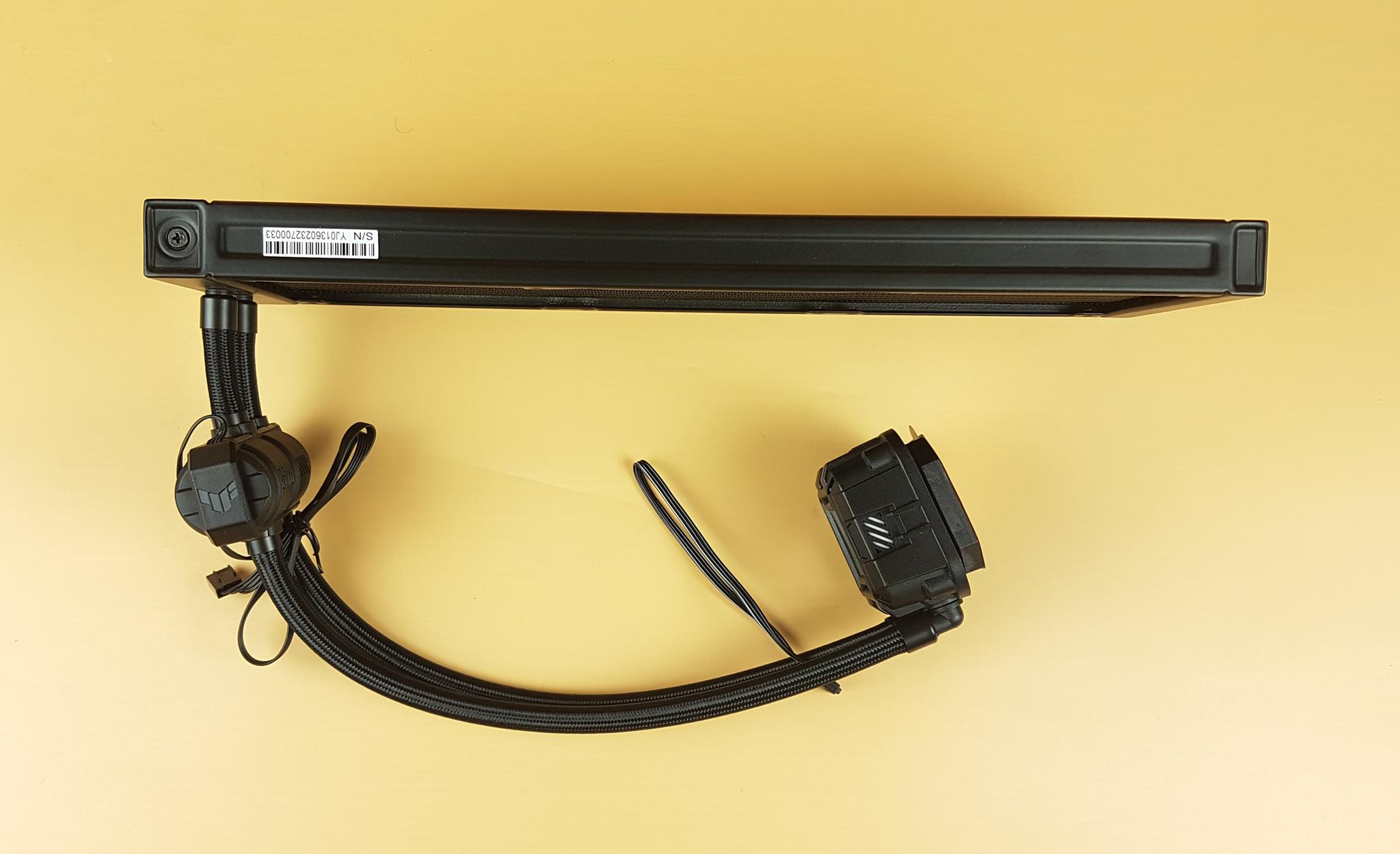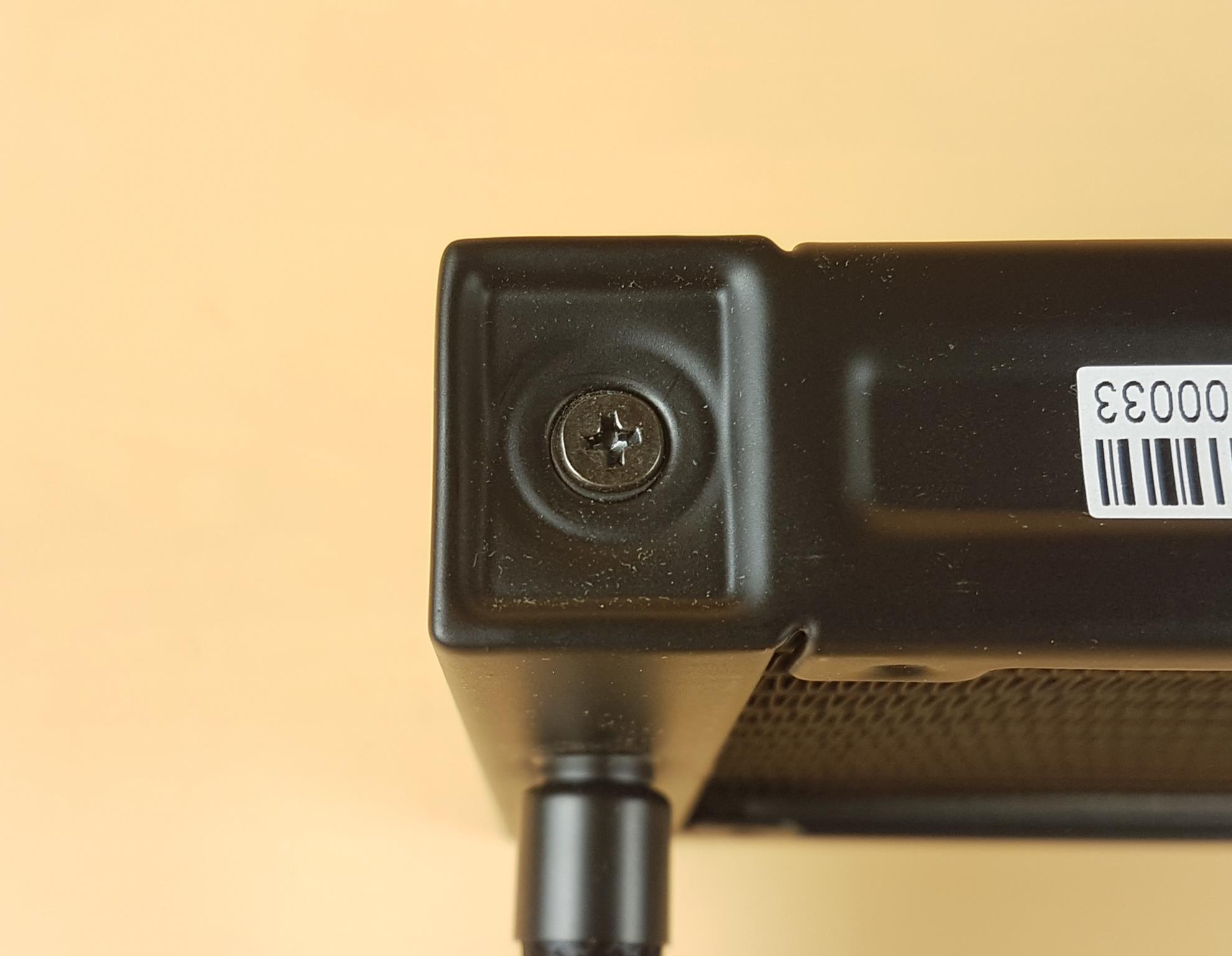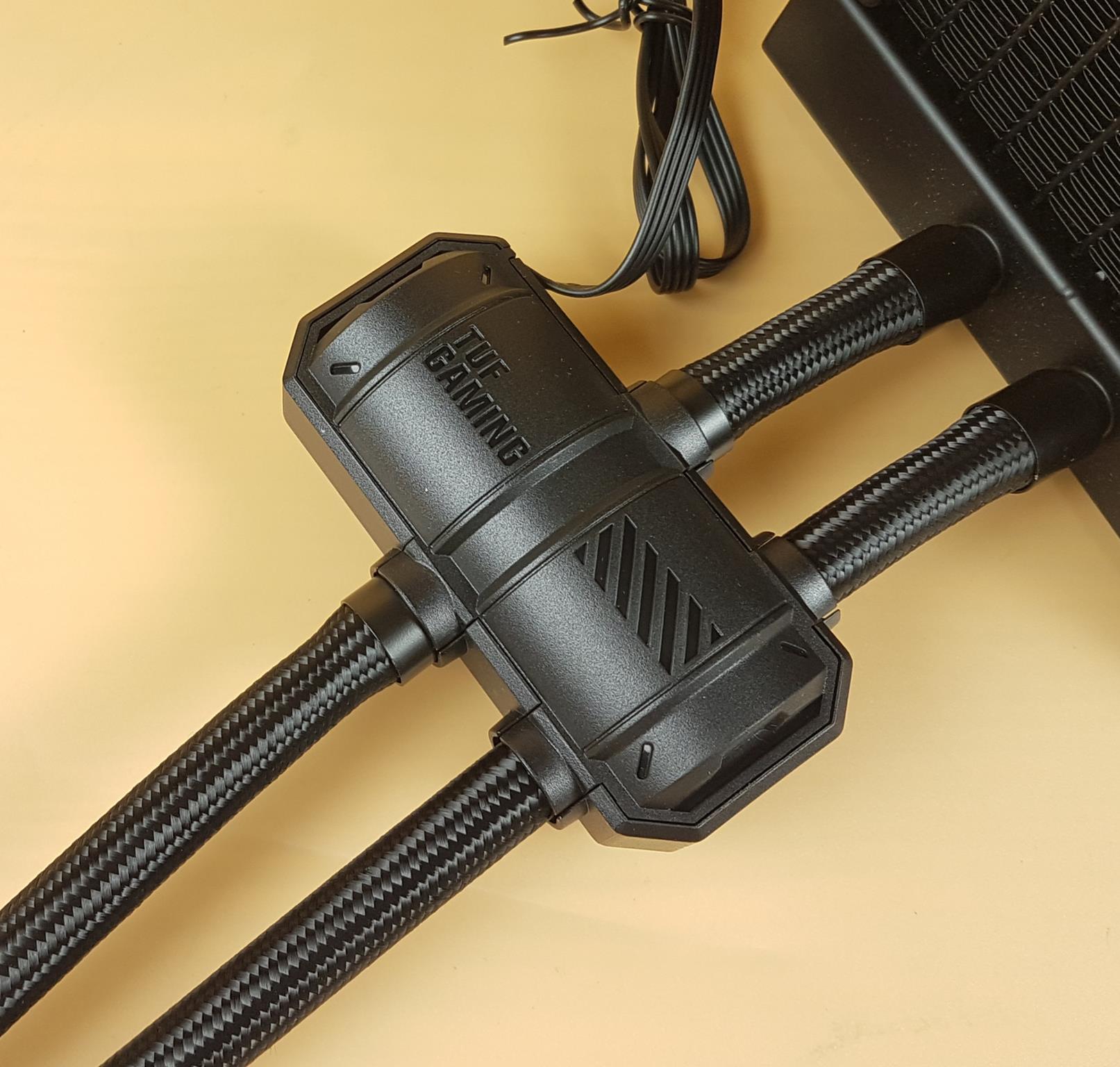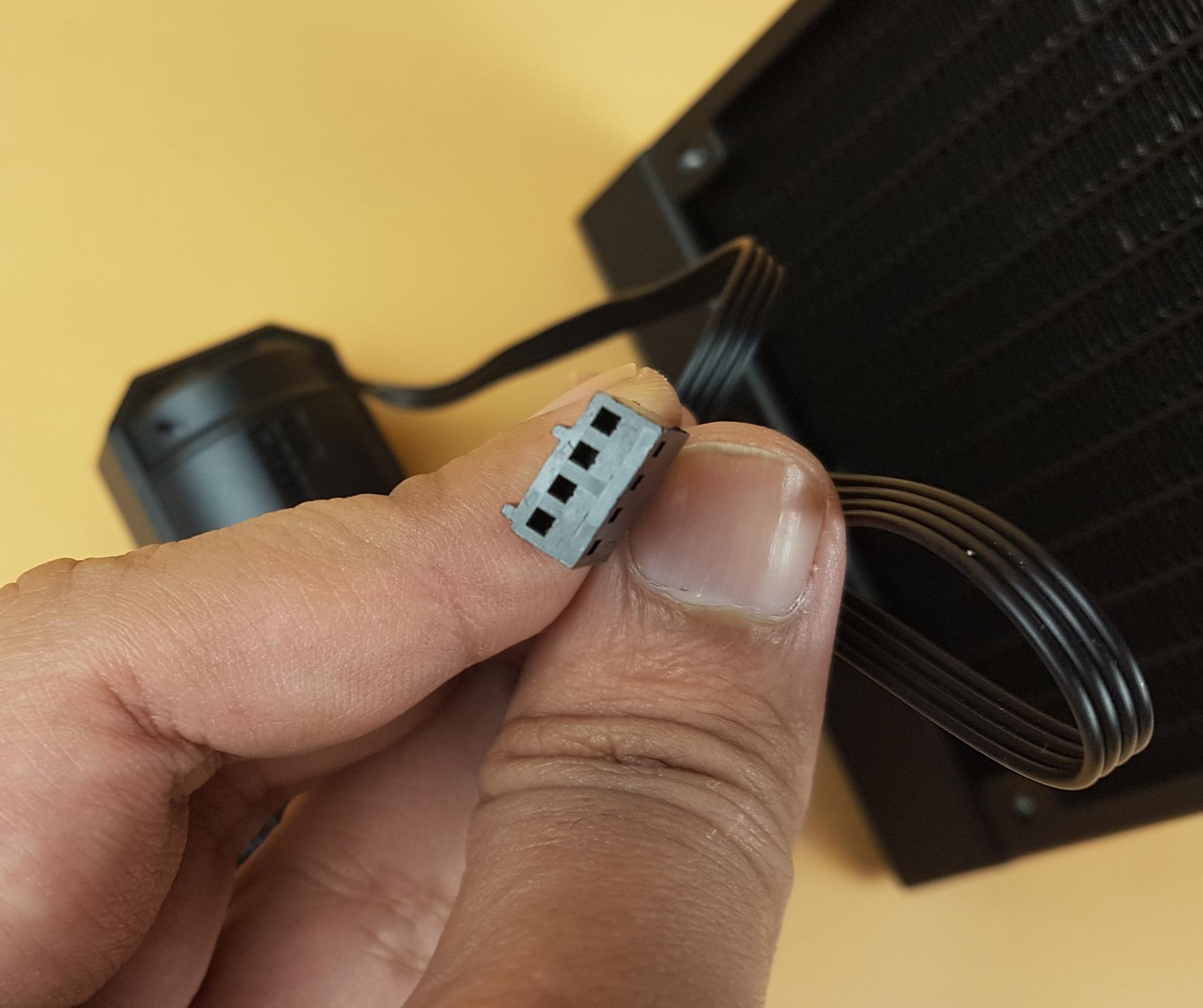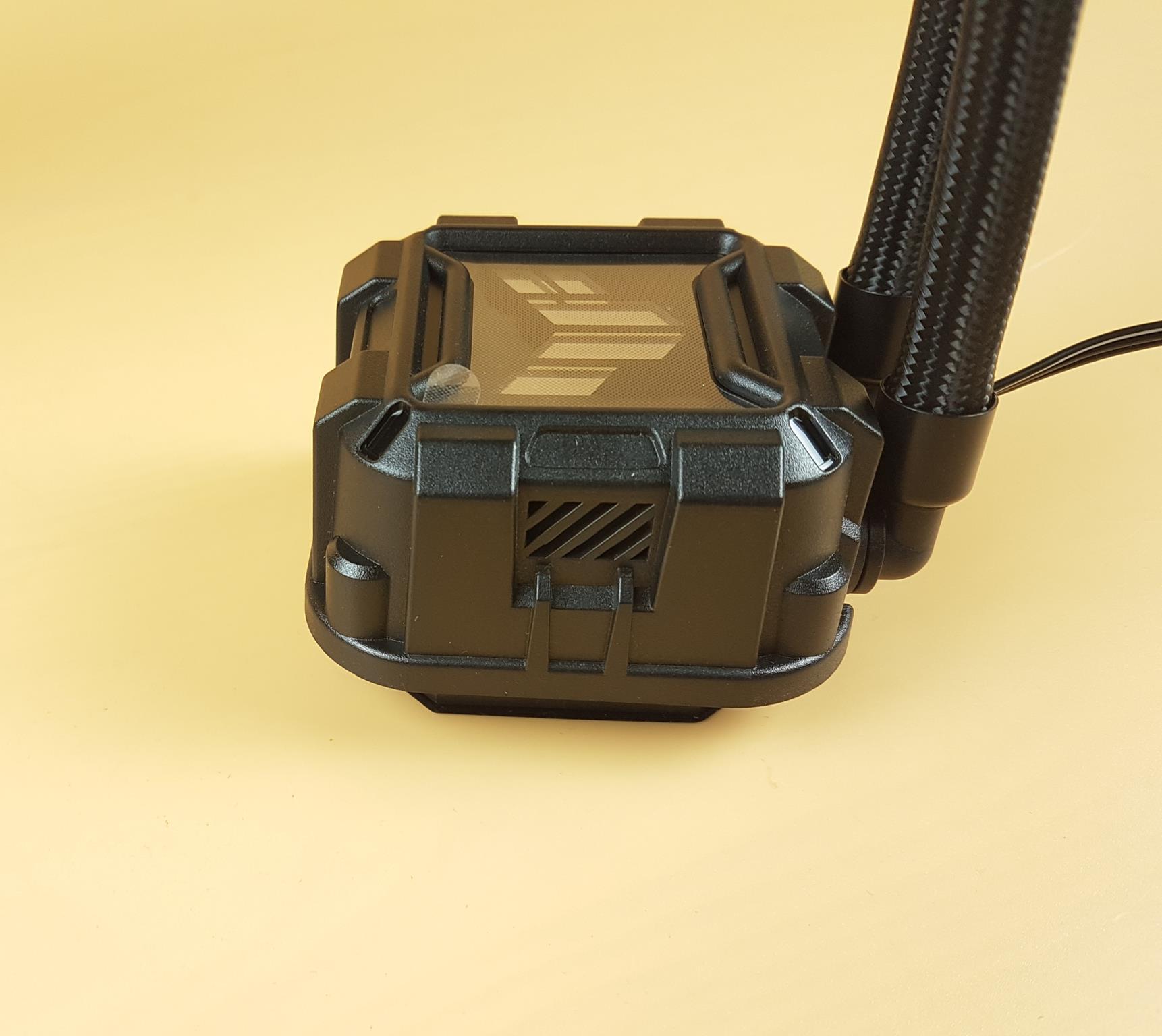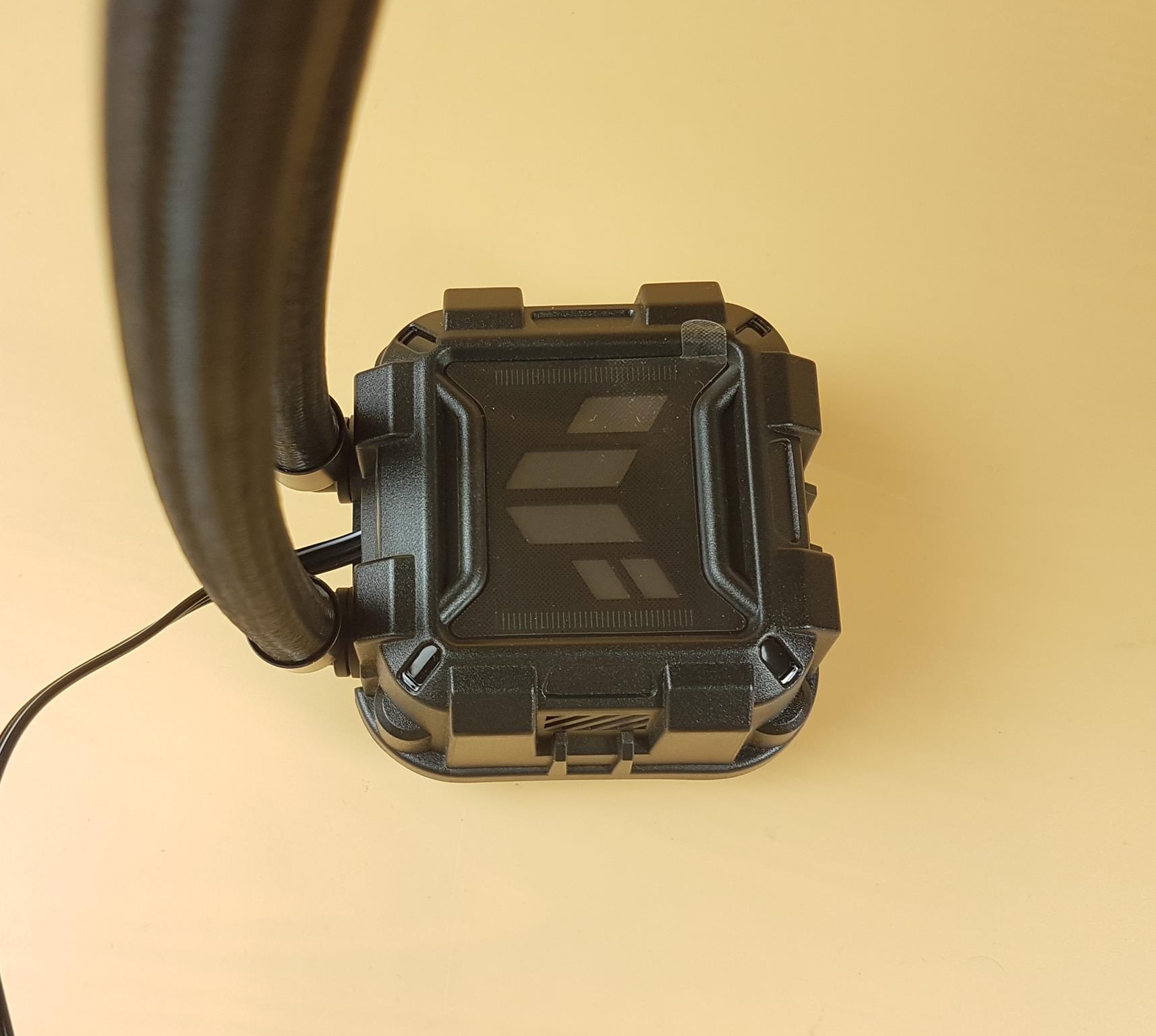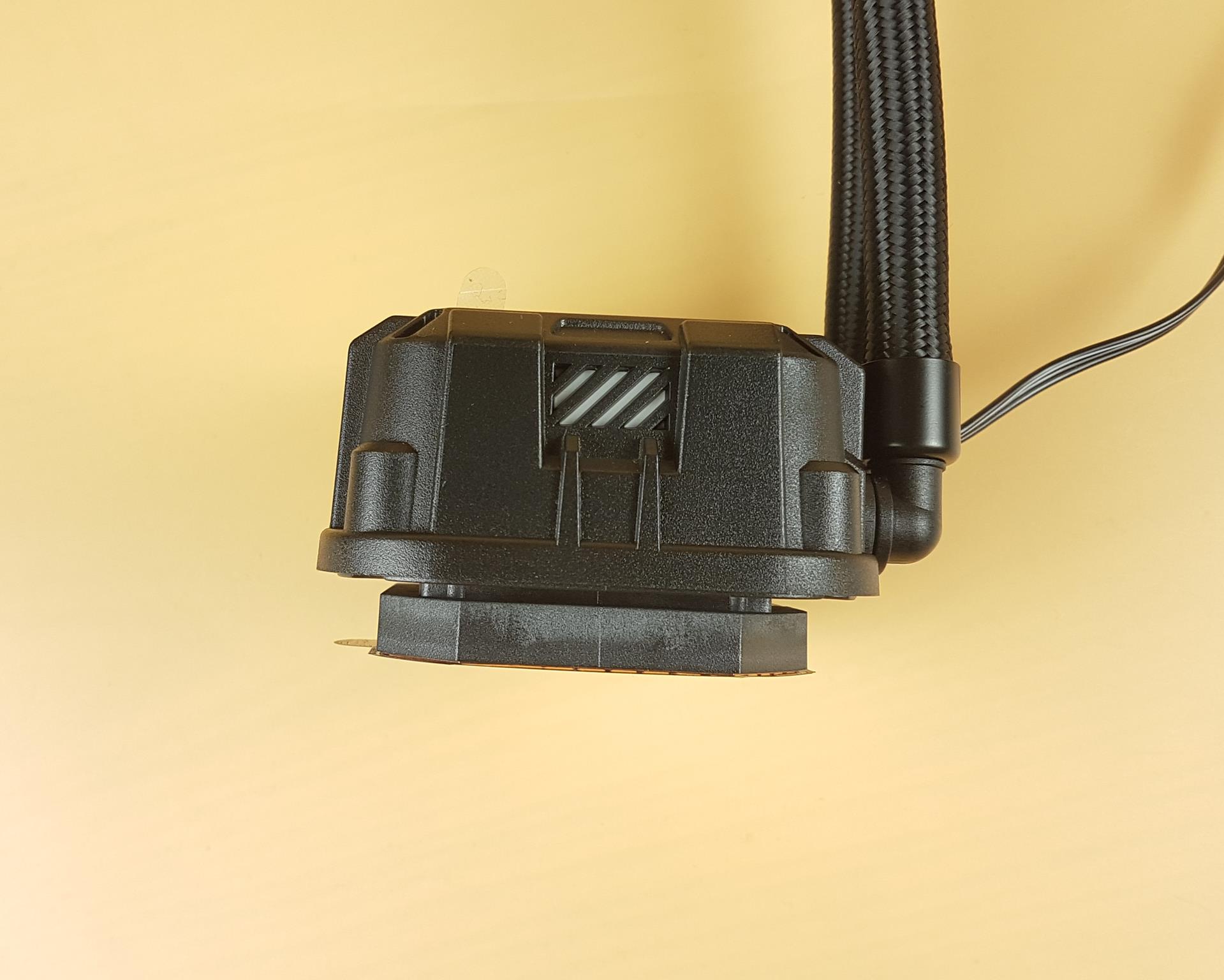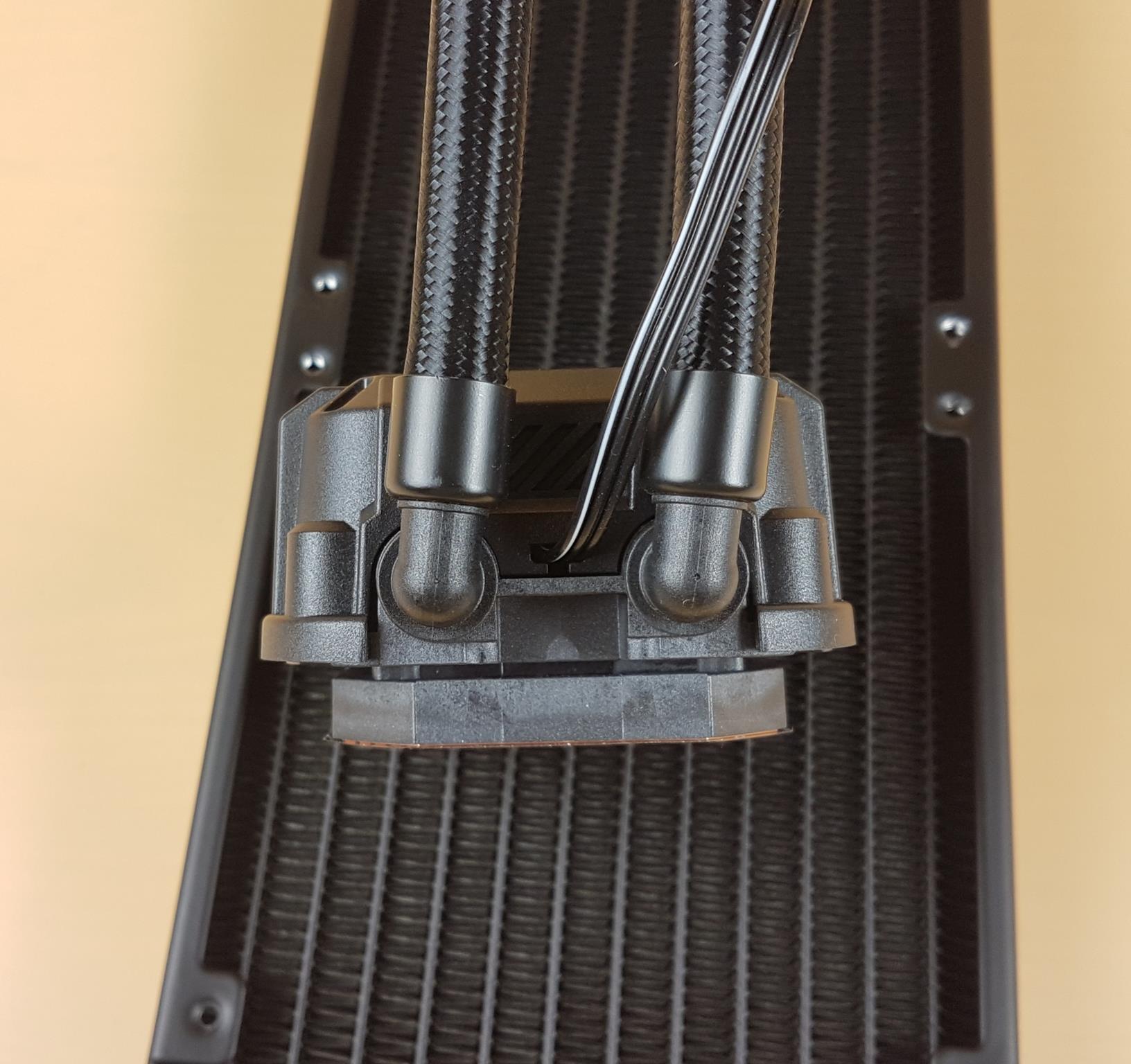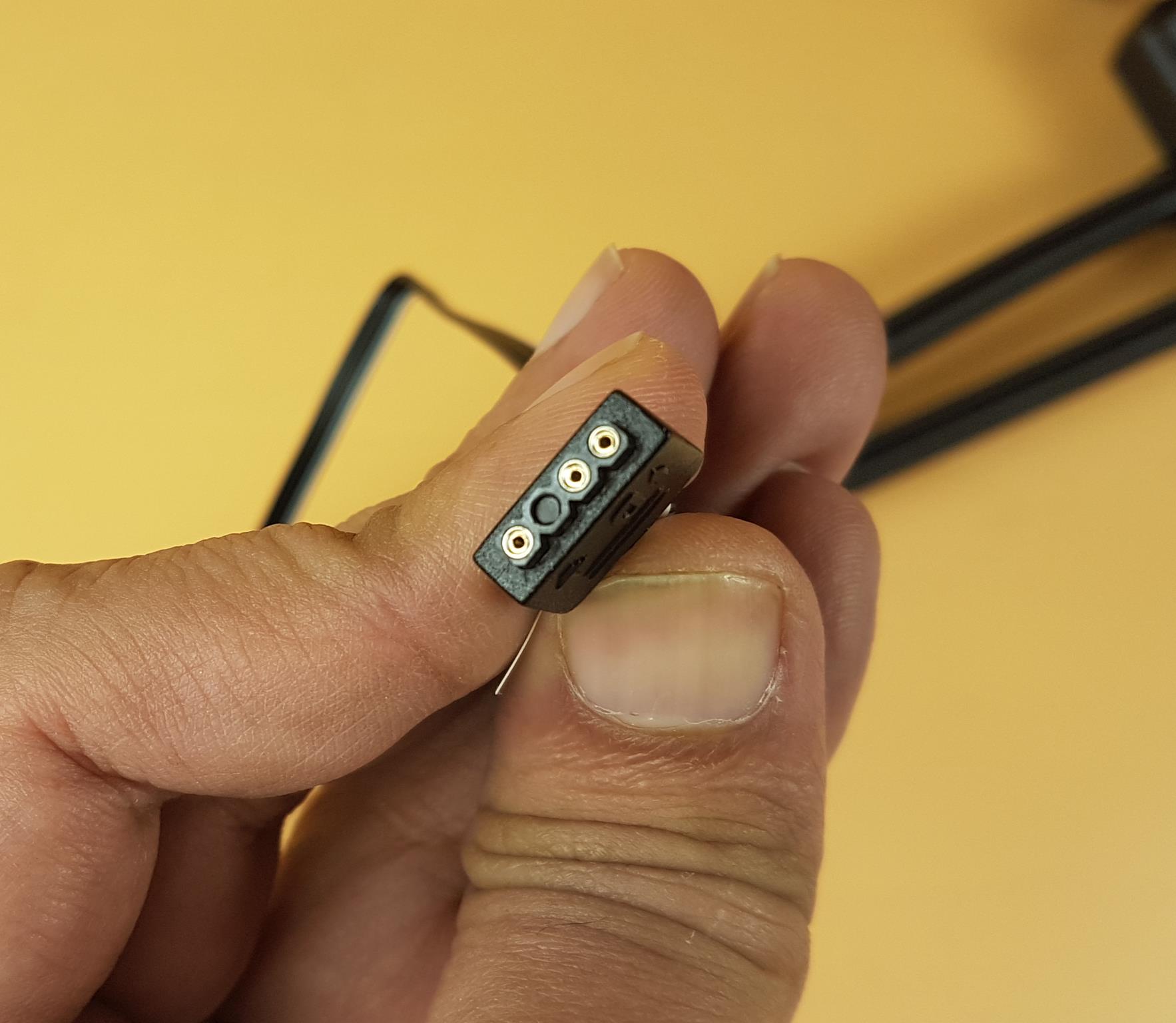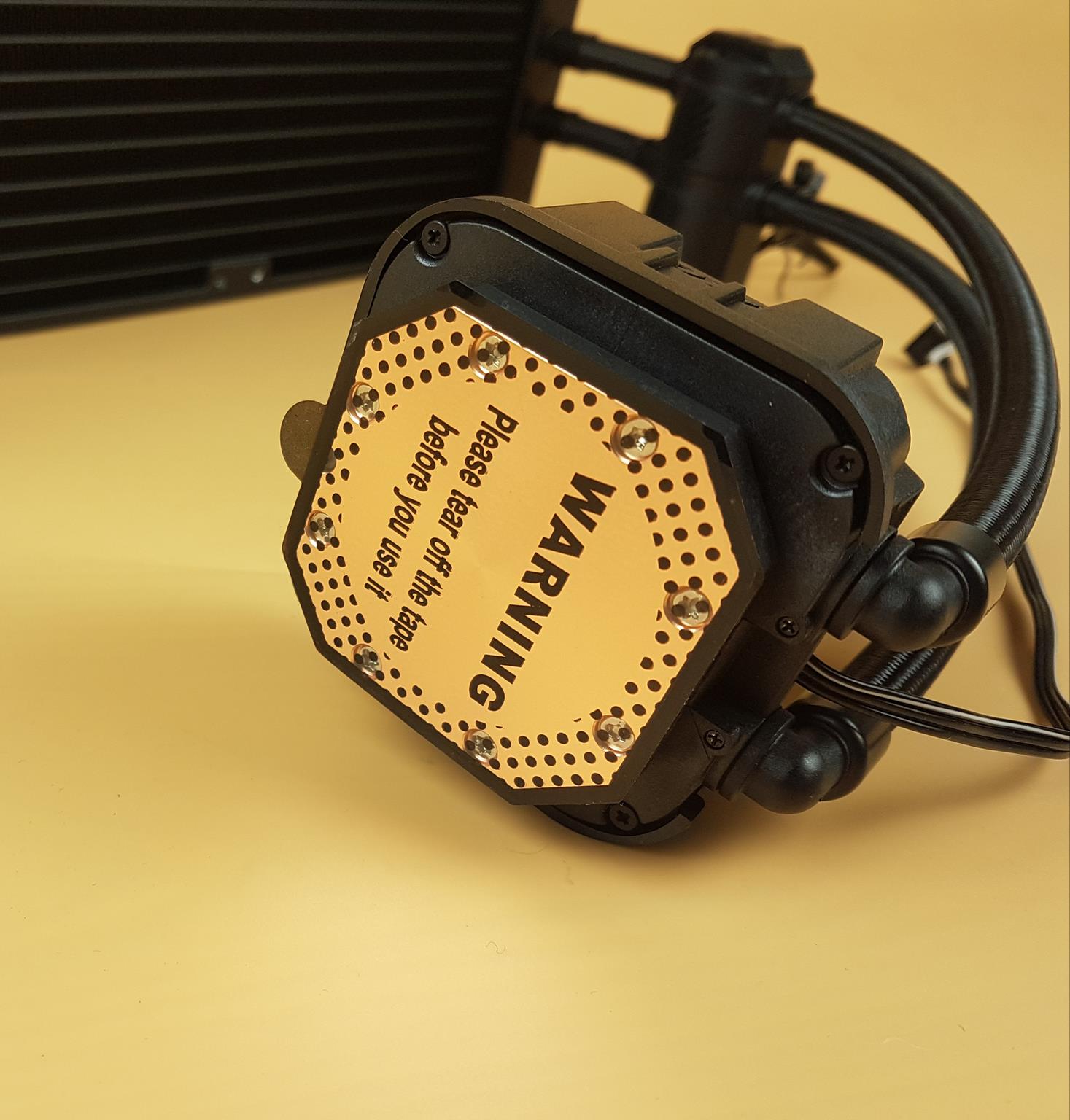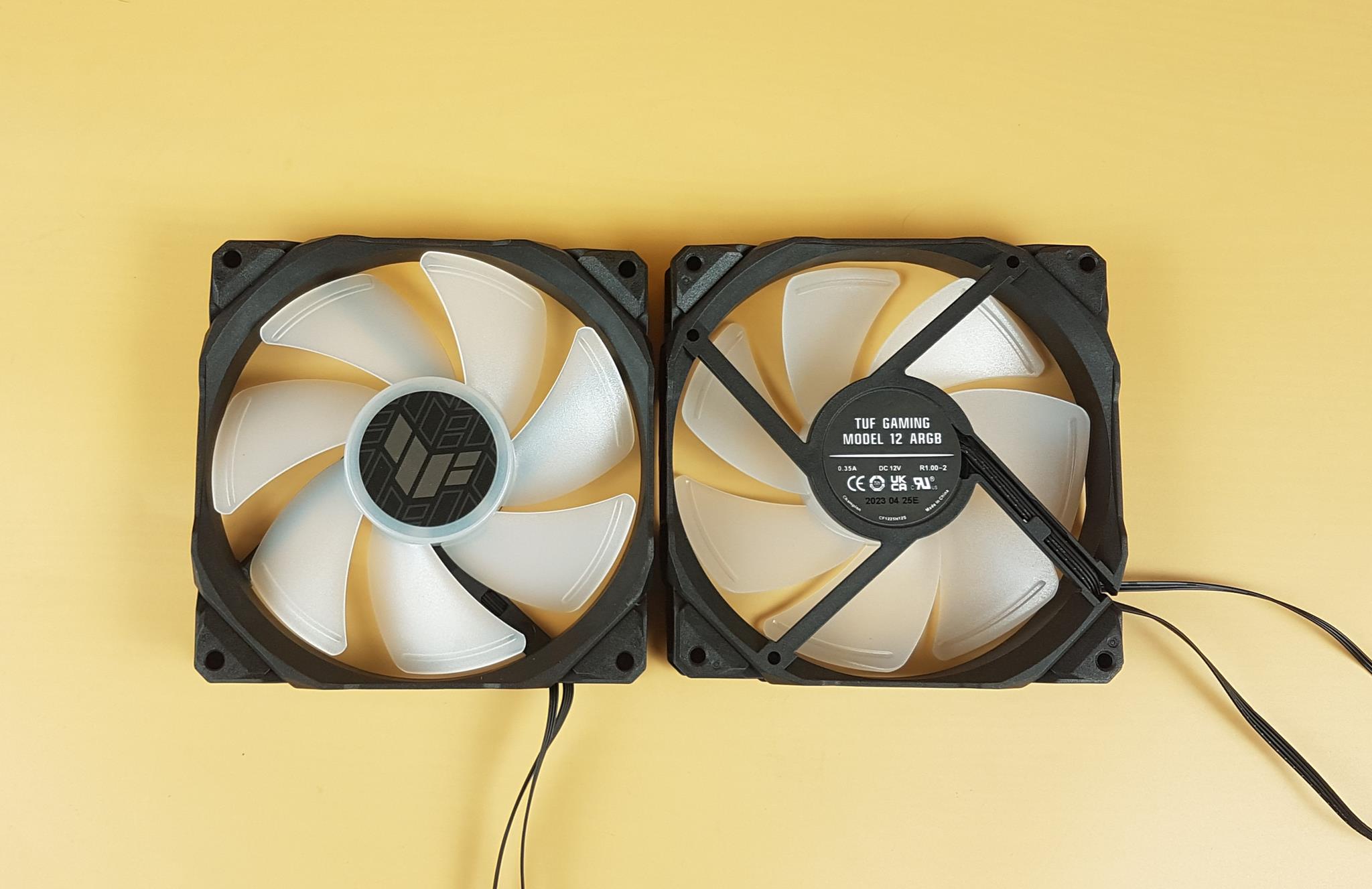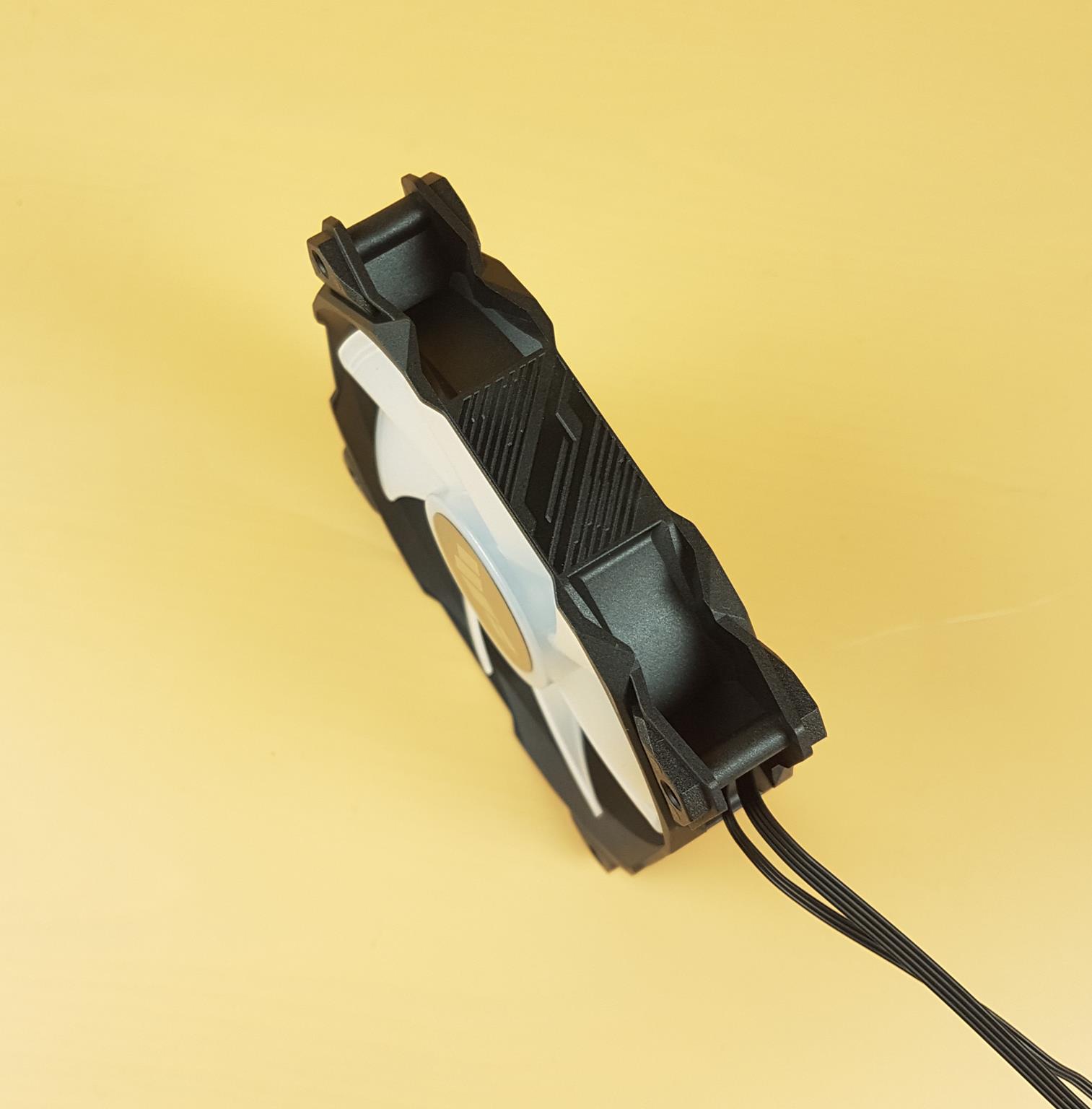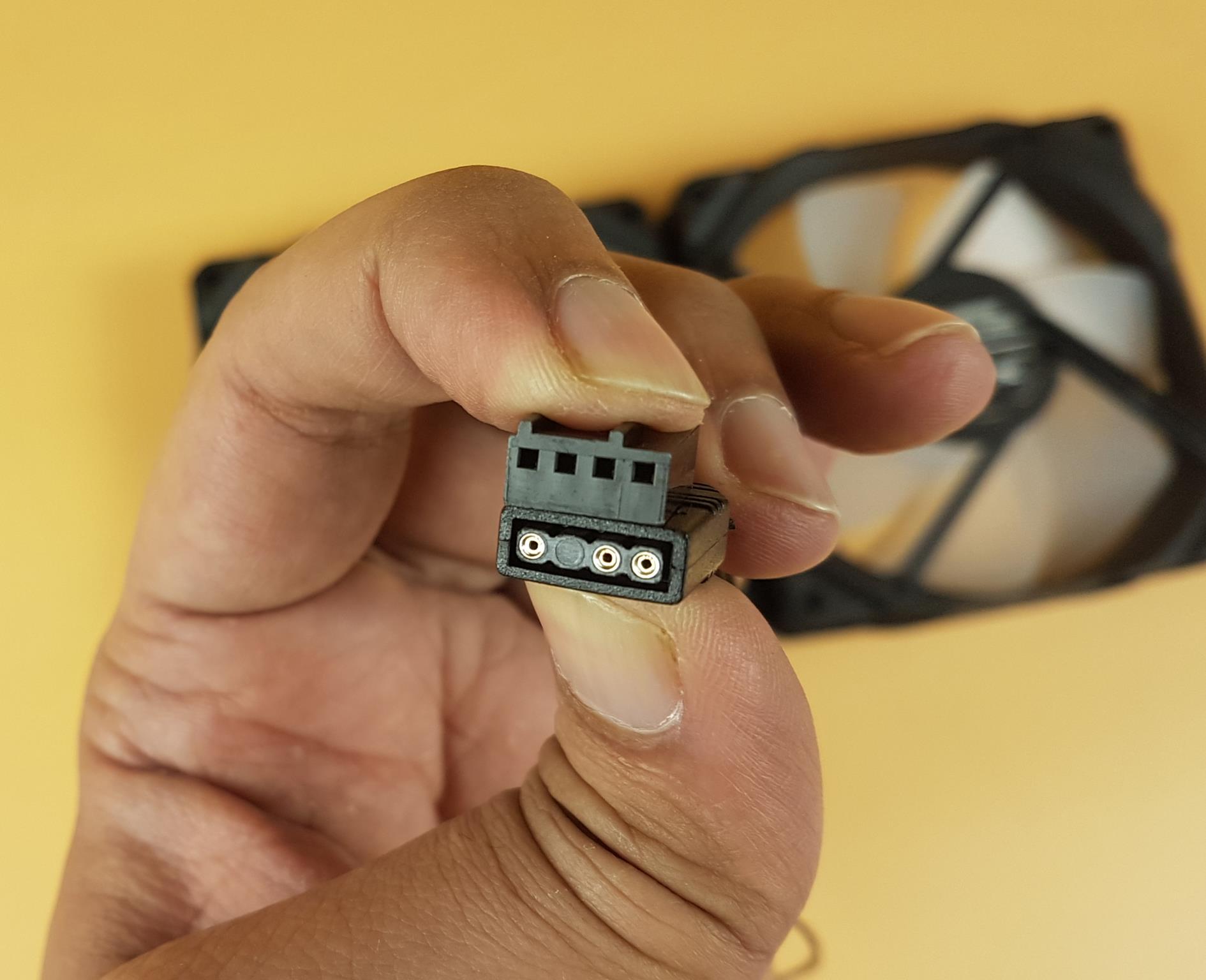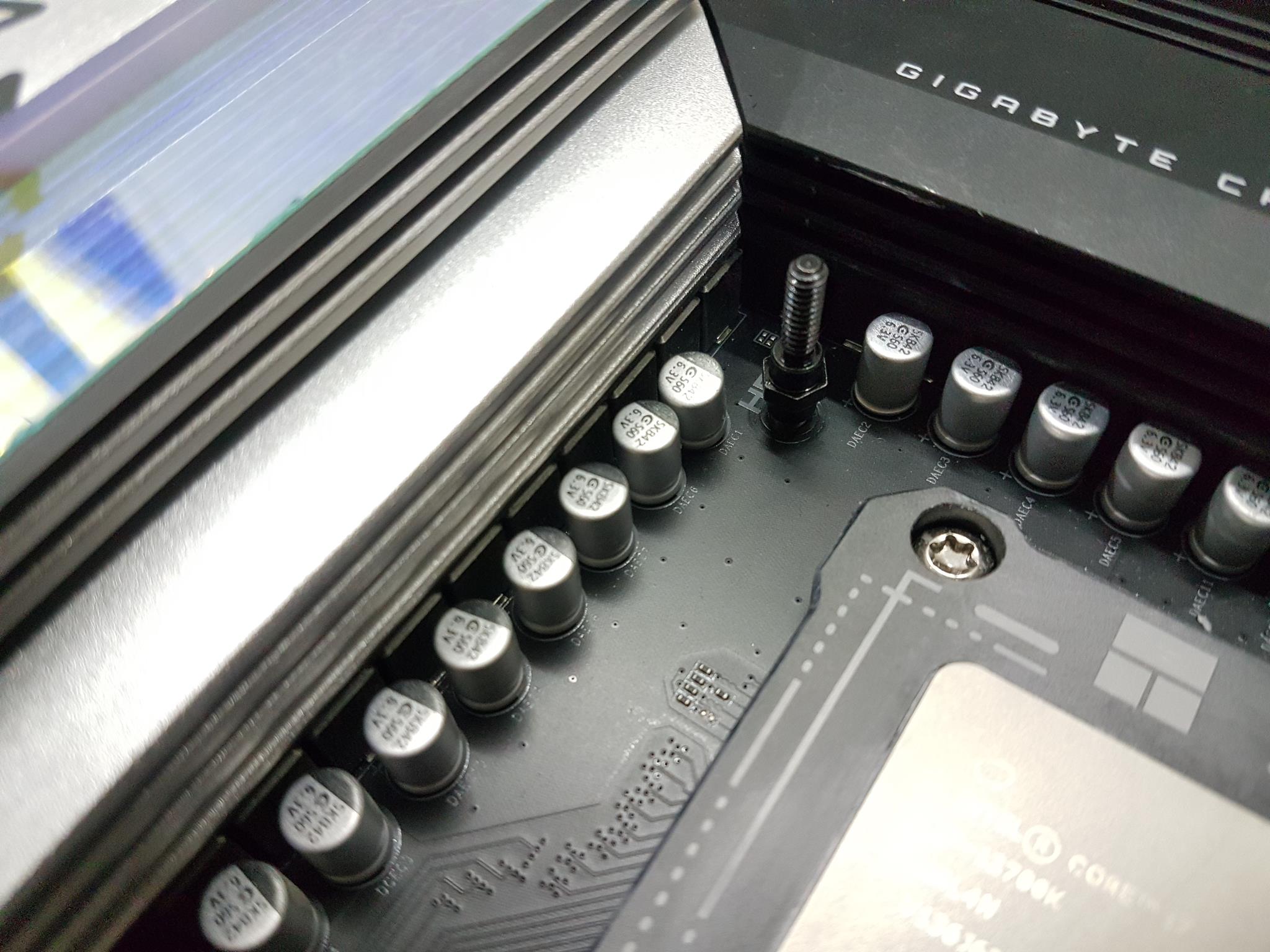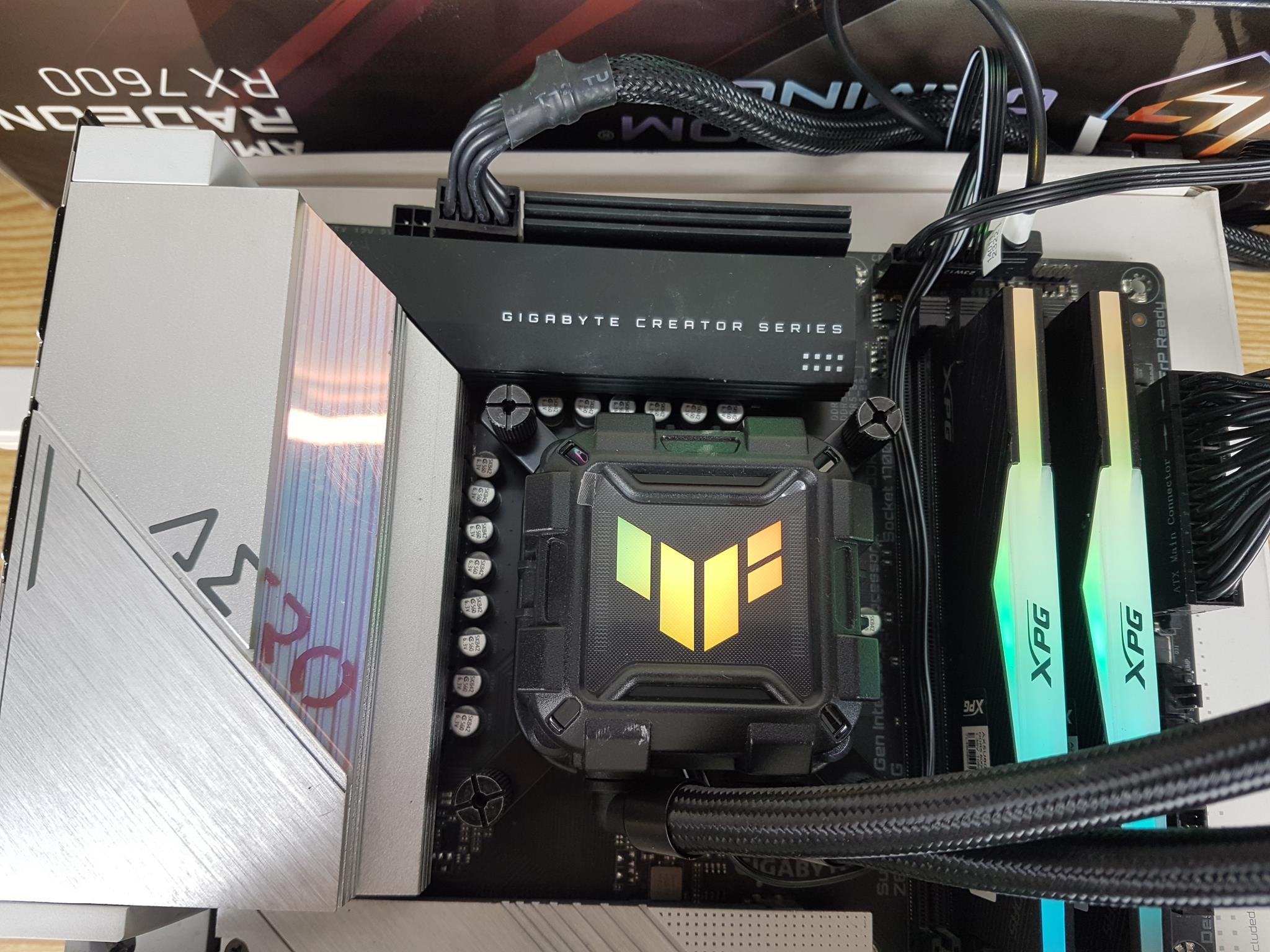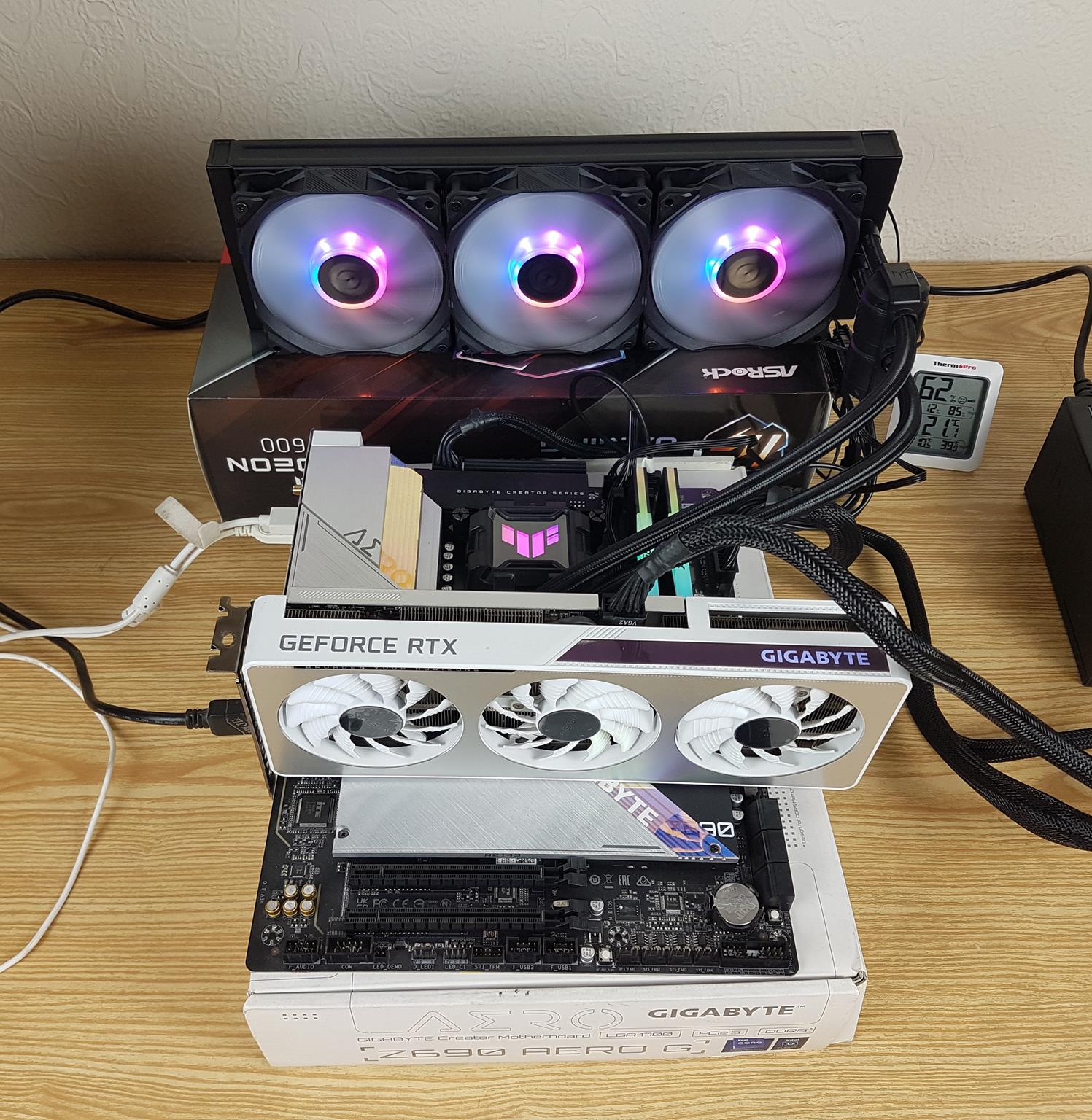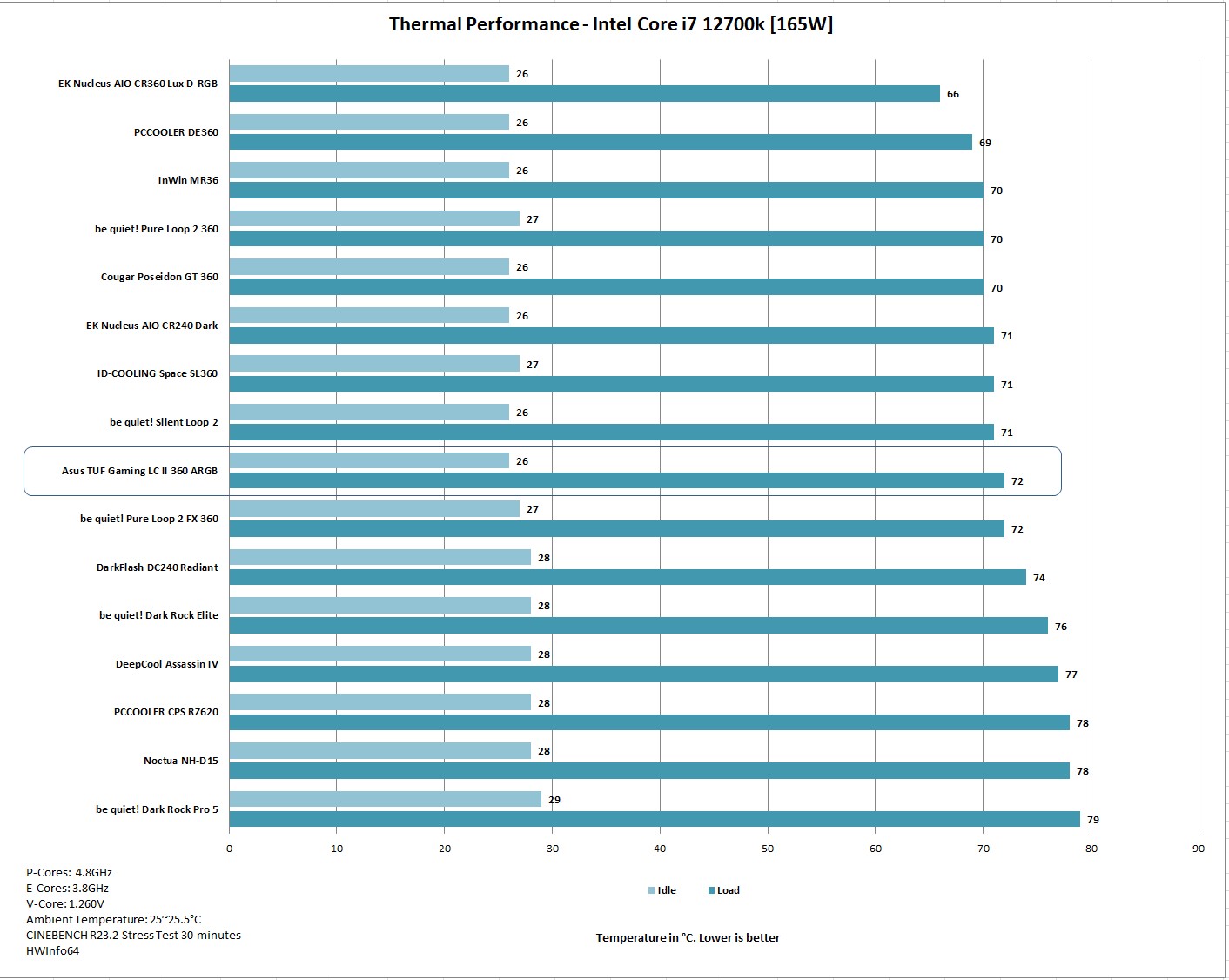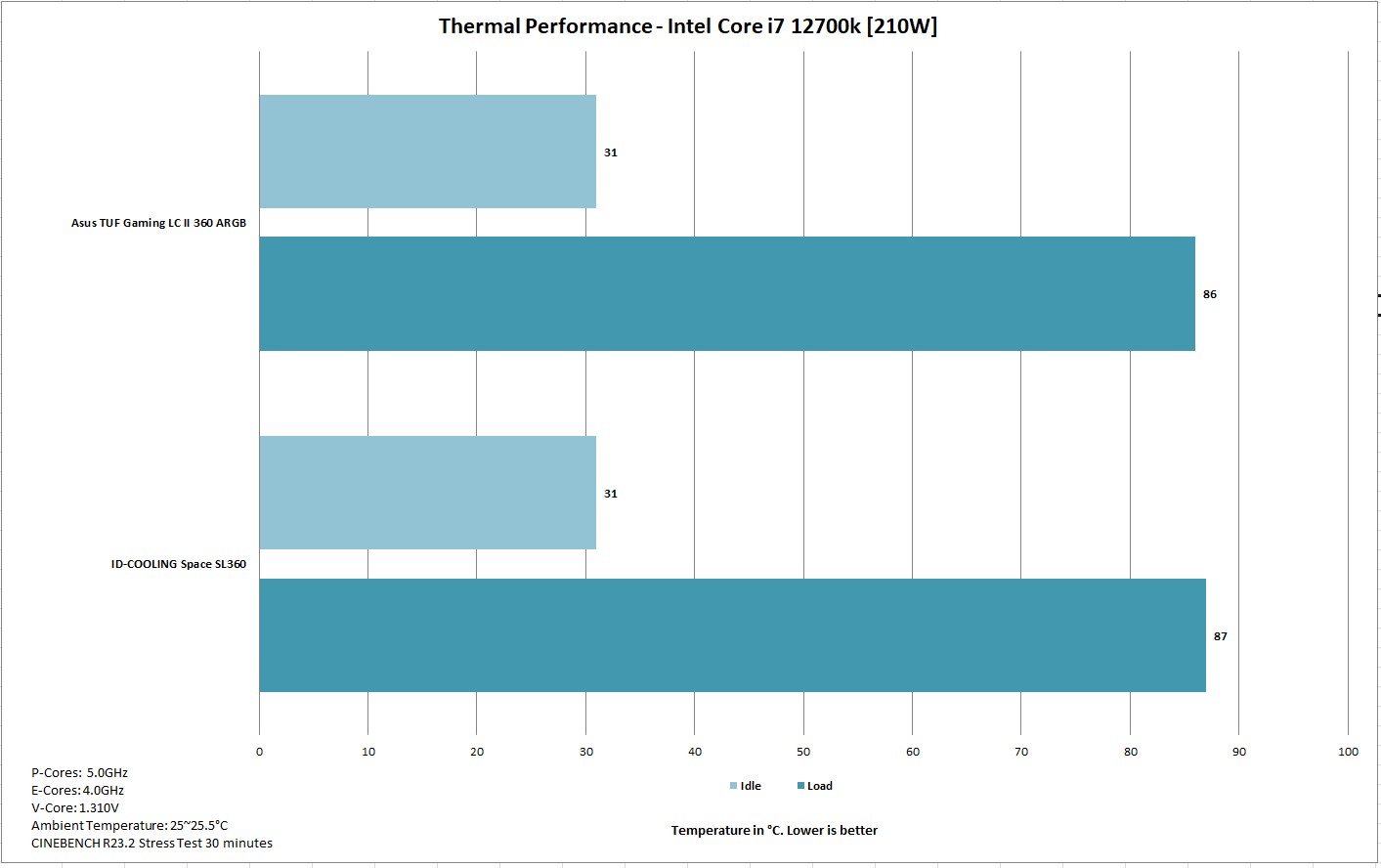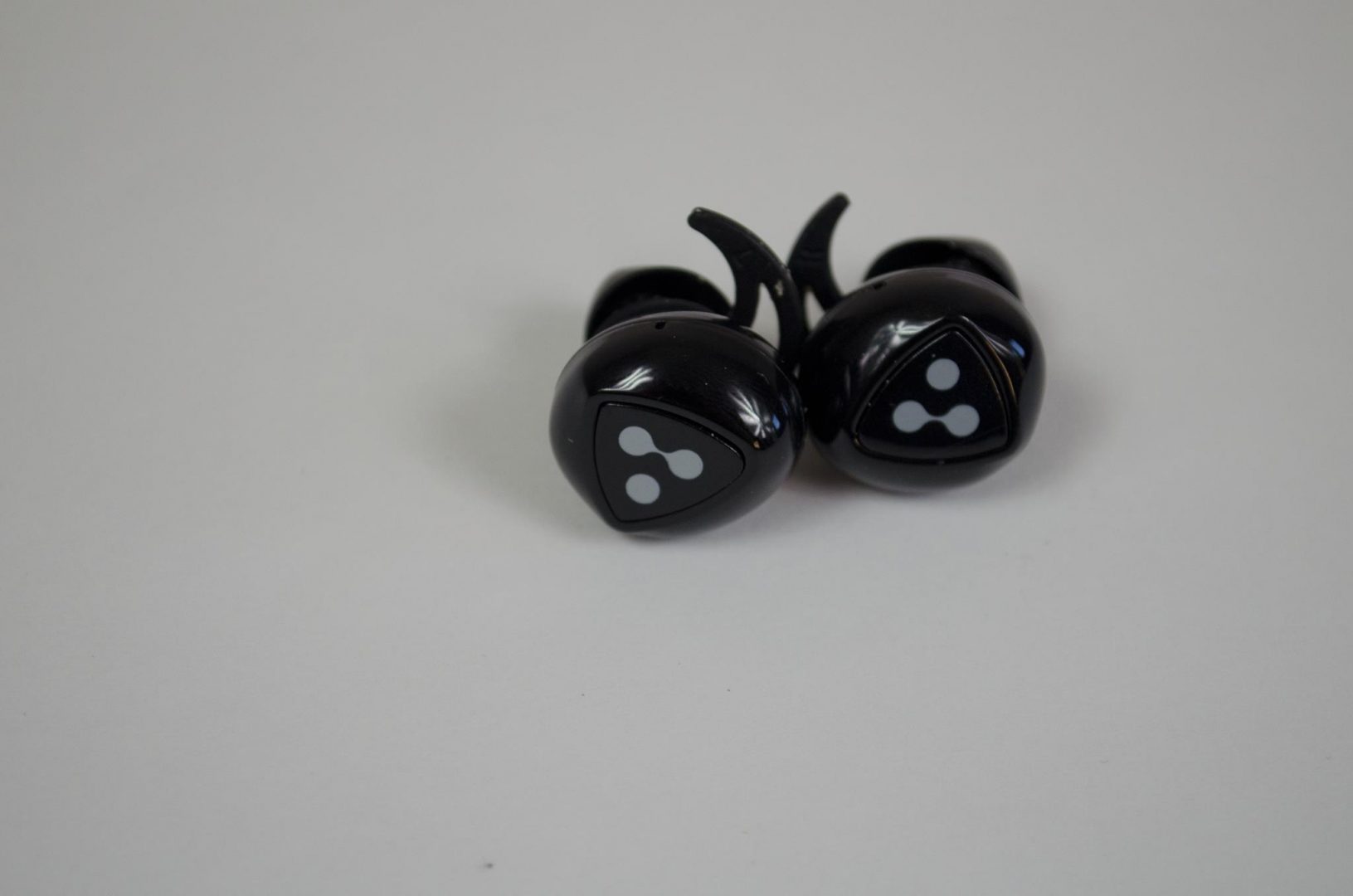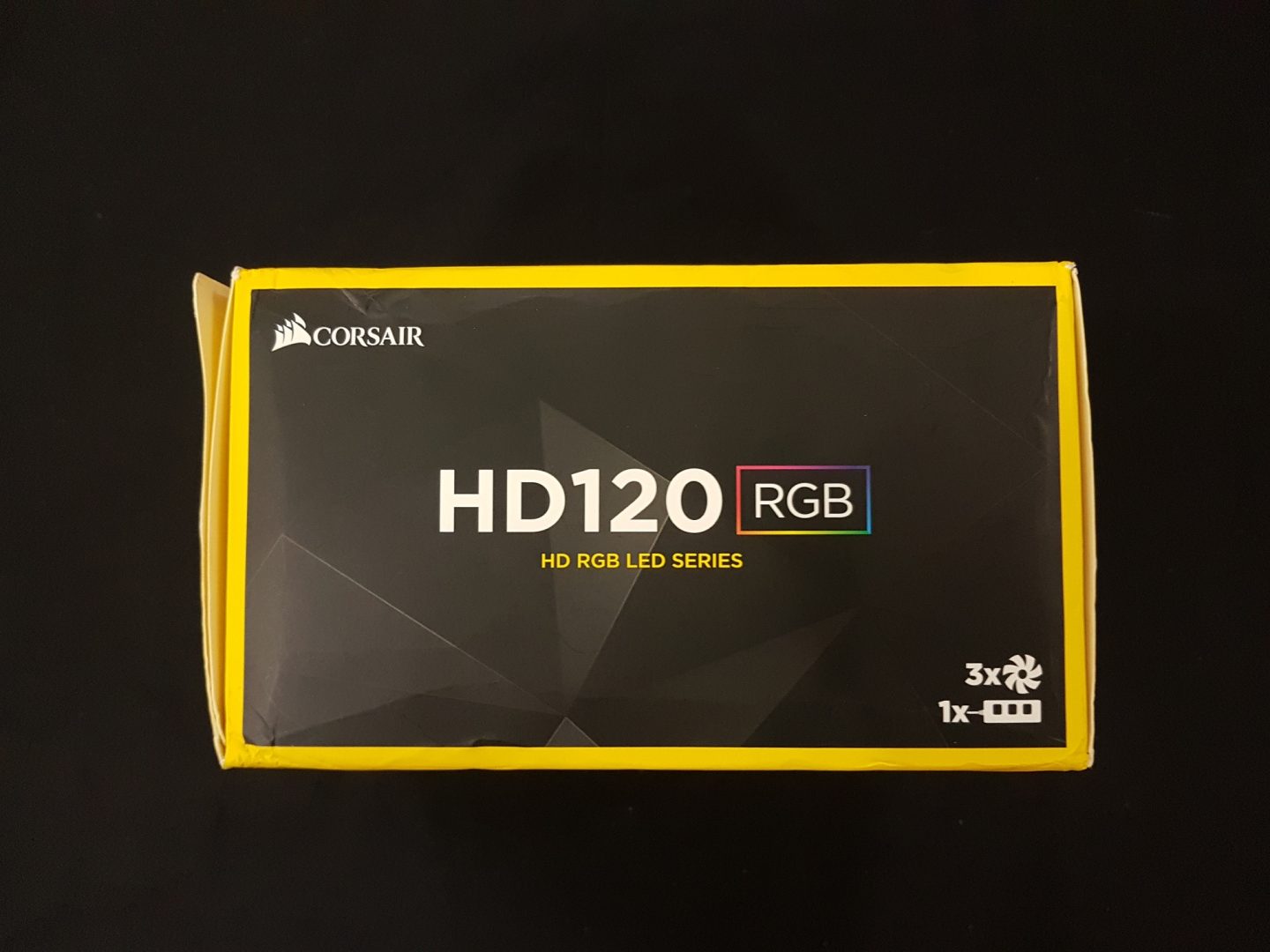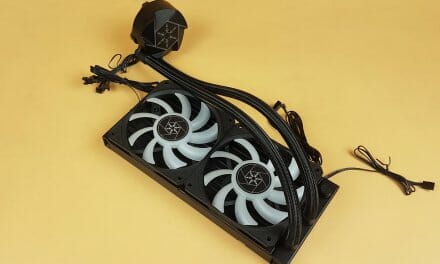
ASUS TUF Gaming LC-II 360 ARGB Review
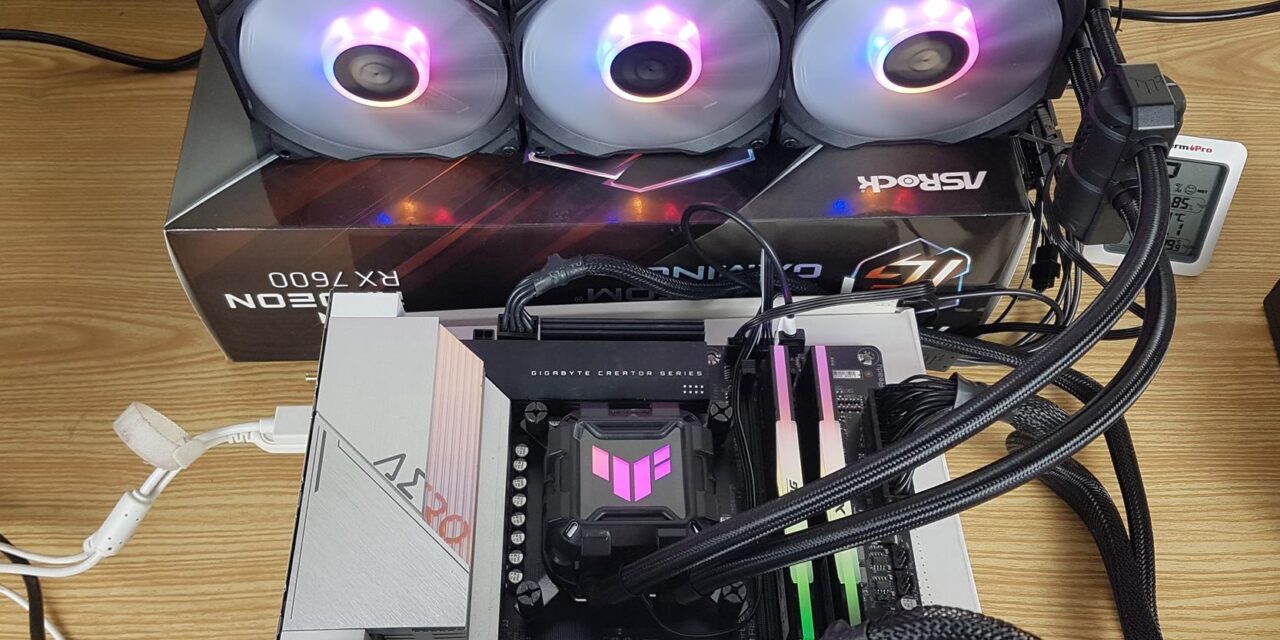
Introduction
In today’s world of technology, almost every PC component manufacturer carries its ecosystem but there are only a few companies that carry multiple brands and provide a complete ecosystem for every sub-brand. Asus is one of those brands in the market. They started with the Asus Republic of Gamers commonly known as ROG back in time and then released the Strix brand. Though both sub-brands got merged into ROG Strix, there are two more brands from Asus for PC gamers, enthusiasts, and content creators namely TUF and ProArt.
I have been an avid Asus user for over 15 years until 2019 when the story changed. I am not going there as it is not a topic of discussion. We have planned a round-up content of 360mm AIO liquid coolers and are reaching out to various brands inviting them to join this project. This undertaking is based on our successful round-up content of 240mm AIO liquid coolers which is still our most trending article to this date.
Asus has joined this contest with its TUF Gaming LC-II 360 ARGB liquid cooler. I am thankful to Ben Enos, Editor-in-Chief of EnosTech for the shipping arrangement of this cooler from the UK to Pakistan so that I can use this cooler in the upcoming project. The TUF Gaming LC-II 360 ARGB is a new liquid cooler under the TUF branding. The TUF is a more streamlined mainstream branding from Asus where the emphasis is on durability and build quality. This reminds me of Sabertooth Z87 which I once considered but ultimately went with Z87 Formula which has been my favorite series in the motherboards category.
This new cooler is compatible with Intel LGA1700 and AMD AM5 sockets in addition to other listed sockets. It has a 360mm size radiator with three 120mm ARGB fans specifically designed for use over the radiators. The pump is integrated into the tubes and the block features PVD Lens for some vivid and brilliant ARGB lighting. Key features include:
- TUF Gaming radiator fans upgraded with brighter ARGB lighting and grooved fins for improved airflow and lower noise
- Styled to complement TUF Gaming motherboards, at the center stage of your build
- Reinforced, sleeved 400mm tubing for increased durability and chassis compatibility
- Support for Intel LGA 1700, 1200, 115x, and AMD AM5 and AM4 sockets
Product: Asus TUF Gaming LC-II 360 ARGB
Price: USD 149.99 [At the time of this writing]
TUF Gaming LC-II 360 ARGB Specifications
TUF Gaming LC II 360 Packaging and Unboxing
The cooler is shipped inside a black themed packaging box made of cardboard material. There is another container inside the main packing box. It has the coolers and the accessories tucked inside for safe shipping. The following are provided:
- 1x Cooling Unit
- 3x Fans
- 1x Intel Backplate
- 1x Intel Mounting bracket
- 1x AMD Mounting bracket
- 6x Spacers/Plastic Collars
- 4x Standoff Screws
- 4x Thumb Screws
- 1x Tube of Thermal Paste
- 1x 3-way PWM Splitter Cable
- 1x 4-way ARGB Splitter Cable
- 8x Fan Screws
- 8x Radiator Screws
Besides, there is a user guide with pictures providing installation guidelines on supported sockets.
Closer Look
Let’s dive in some details but before that here is what Asus has to say about its cooler. “The TUF Gaming LC II ARGB series of durable CPU liquid coolers delivers the performance and features you need to bring out the best in mainstream gaming builds. Coolant flows through an illuminated cold plate to reinforced sleeved tubing that arrives at a high-capacity radiator chilled by three 120 mm ARGB fans – which are groove-bladed for optimal airflow and reduced noise. Meanwhile, Aura Sync ARGB elements illuminating the radiator fans and the pump cover’s TUF Gaming logo ensure that you arrive in style.”
Asus has used an aluminum-made radiator which is an industry-wide standard issue. However, there are a few exceptions like copper-based Eisbaer coolers from Alphacool. The radiator has a dimension of 397x120x27mm (LxWxH). Here the thickness of this unit is mentioned to be 27mm. When you will install the 120x25mm fans over this radiator the overall thickness would come to 53mm including the head thickens of fan screws.
This radiator has a FPI count of 20 and it has a total of 12 channels for coolant flow. The mounting holes on opposite ends have a standard gap of 105mm. Asus has done a nice job in fin stacking on this unit. I did not observe any bend or broken fin.
The far end has a rectangular layout without any branding over it. There is a transparent sticker on one corner showing the model of the cooler and conformance to various certifications.
I am showing the tube end view of the radiator. The connection between tubes and fittings is well concealed using black color clamps. There is a sticker over here showing the serial number of the unit. There is a scan to label as well that would take you to the Asus website.
I am showing a side view of the radiator including the tubes and block. You can spot a certain gap between the side frames of the radiators and the actual fin stack. This implies that the fin stack has a thickness of less than 27mm since 27mm is the overall thickness.
There is no protective plating under mounting holes. This unit is rubber tubes with fine threading. There is a fine nylon braided mesh sleeve on the tubes which is aesthetic purpose. This tube runs to approximately 400mm.
There are screws on both ends of the radiator toward the near block. They seem to be covering the refill port or something but I am not sure about their exact purpose.
Asus has integrated the pump into the tubes hence called the decoupled pump. This is not a doubly-decoupled design like be quiet! Pure Loop 2/FX series of liquid coolers. This is one way of bypassing Asetek’s patent in North America though brands justify it saying that this design eliminates the vibration from the CPU and helps in reducing the overall noise as well. Asus has done a TUF Gaming branding over the pump’s housing. Asus did not mention the power rating and speed rating of this pump.
This pump is PWM controlled which is a wise design.
The block of this cooler is made of ABS material. It has a dimension of 73x73x45mm where 45mm is the height of this block. This is not a high-profile design which makes sense since the pump is not integrated into this housing. There is stylish housing almost giving the impression of a box design that is closed from all sides. The complete housing is black in color.
The top of the cooler has a fixed design with TUF branding. There are digital RGB LEDs underneath the top plate. Asus has mentioned the PVD Lens used in this housing. “The rugged and modern TUF GAMING aesthetic is centered by a lens that has been enhanced with physical vapor deposition.” The TUF logo is fixed so you would need to install the cooler in such a way that this logo remains upright. This is one shortcoming of the design.
Looking at the sides, we can spot the thick white diffuser from the cutouts. There is an inset between the main housing and the copper base. This is where the mounting bracket is installed.
Looking at the backside, we can see two tube connections at a 90° angle. These are using rotary fittings. There is a single flat cable coming out from the center.
There is a standard ARGB connector using a 3-pin interface over a 5V rating which makes this unit compatible with RGB sync technologies of motherboard manufacturers including Asus.
There is a copper base measuring 52x52mm. There is a transparent protective cover over the base cautioning the user to peel it off during the installation.
Asus has provided 3x 120mm ARGB fans with this cooler. These fans have translucent blades for even and vivid lighting effects and diffusion. Each fan has 7 blades. There is a precision-engineered groove towards the tip of each blade. This is done to ensure the maximum airflow and reduce the noise. The center has a TUF-branded sticker.
The backside of the fan has a 4-arm assembly. One arm has a wider body. The wires are routed over this body from the center towards the frame. These fans are rated for 0.25A at 12VDC. These fans are made in China. There is no anti-vibration pad on the mounting corners.
The frame of the fan is quite sturdy. It is black. There is a textured pattern on the mid-section which is for aesthetic purposes. There are no arrow markers on the frame that help novice users identify the direction of airflow through the fan and the direction in which blades spin.
There are two cables per fan. One cable has a 4-pin PWM connector to power the motor of the fan. The other cable has a standard female ARGB connector. The salient specifications include:
| Dimension | 120x120x25mm |
| Speed Range | 800 – 2000 RPM ±10% |
| Noise Level | 29 dB(A) |
| Air Flow | 67 CFM |
| Static Pressure | 3.0mmH₂O |
| Bearing | NA |
Asus did not mention the bearings and power ratings of the fans in the specifications.
Installation
We are not covering the details of installation. Installation is convenient.
However, I observed that installing and removal of standoff screw on the top left hole on the motherboard is not convenient. I would prefer brands start following the tool concept from EK Water Blocks or come up with a different and more convenient mounting design. This standoff screw sits closer to the capacitors and removing it could potentially damage the motherboard if one is not careful enough.
TUF Gaming LC II 360 RGB Lighting
The Asus TUF Gaming LC II 360 ARGB liquid cooler is using a standard ARGB connector for the digital RGB lighting. This makes this cooler compatible with the RGB sync technologies of motherboard manufacturers including Asus, MSI, GIGABYTE, and ASRock. I have tested this cooler on GIGABYTE Z690 AERO G D5 motherboard using RGB Fusion 2.0 app. Here are a few pictures:
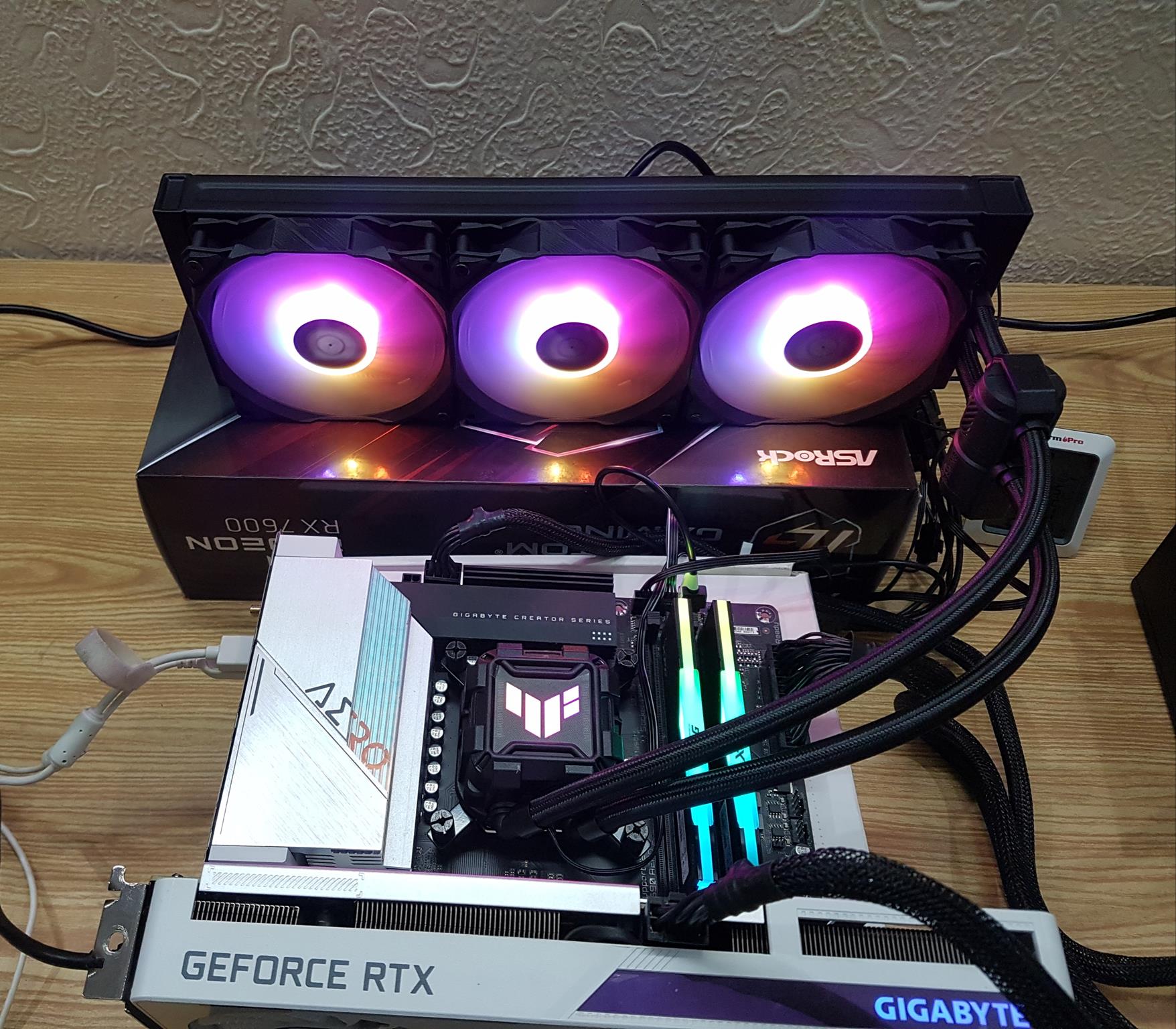
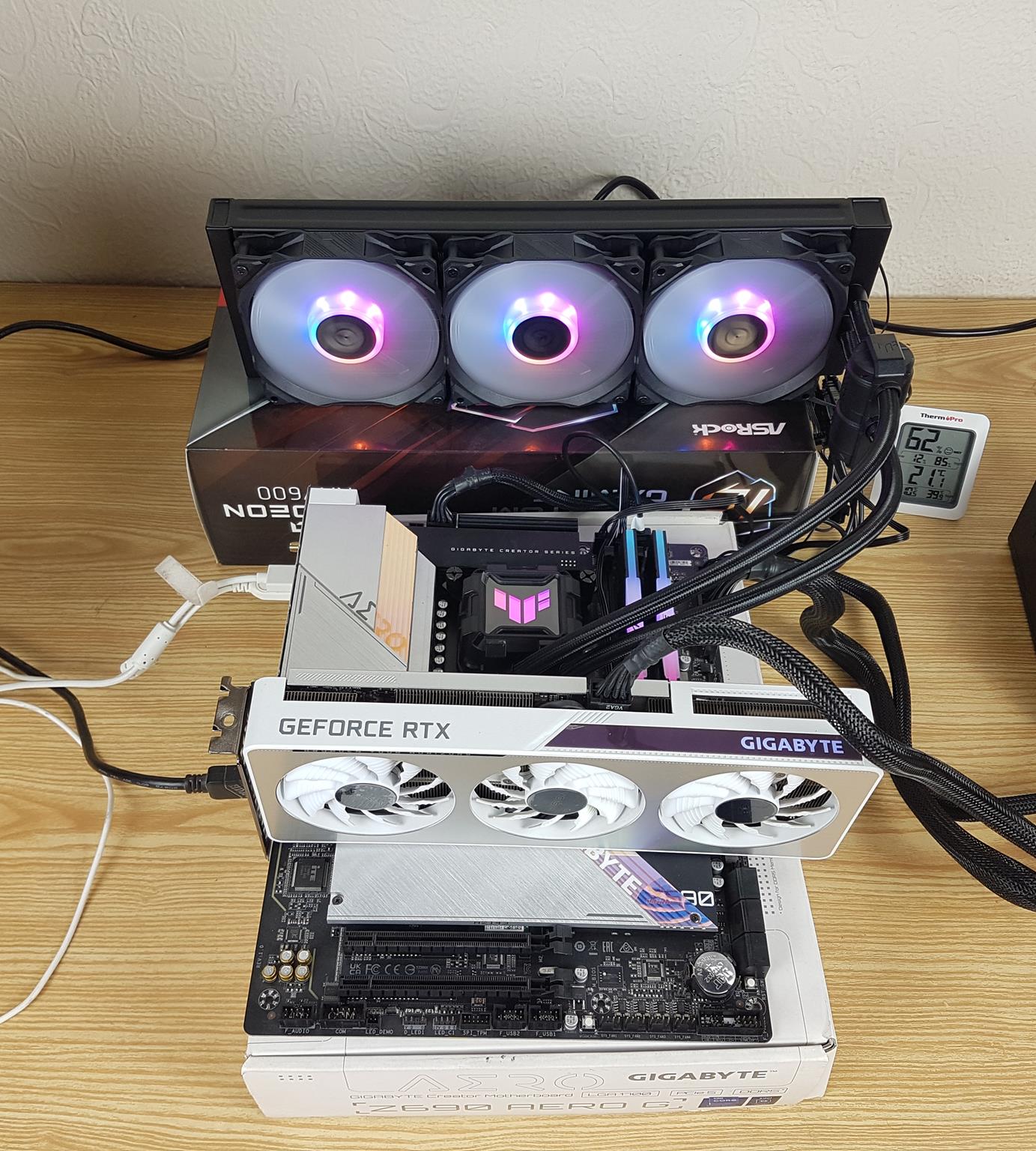
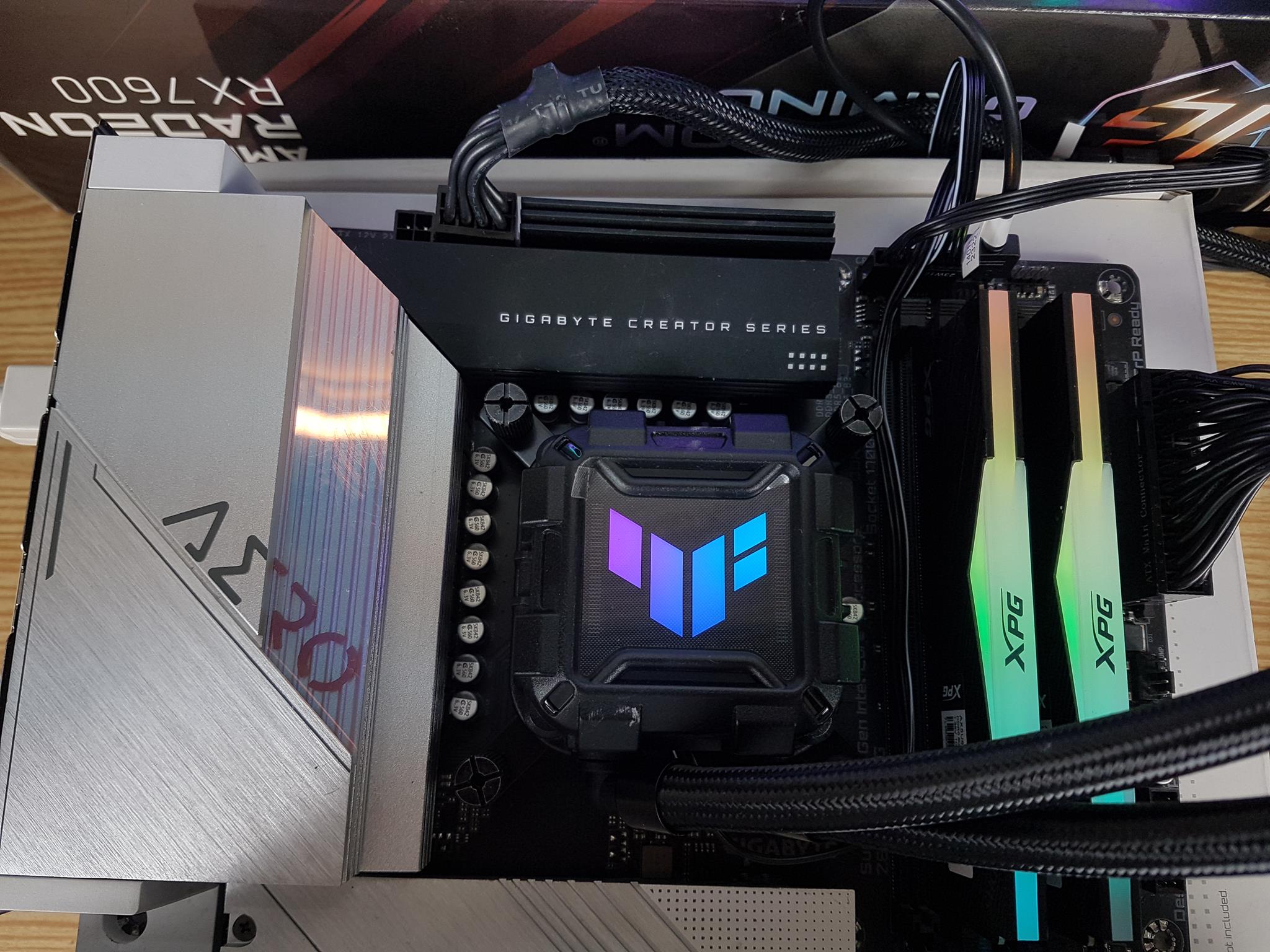
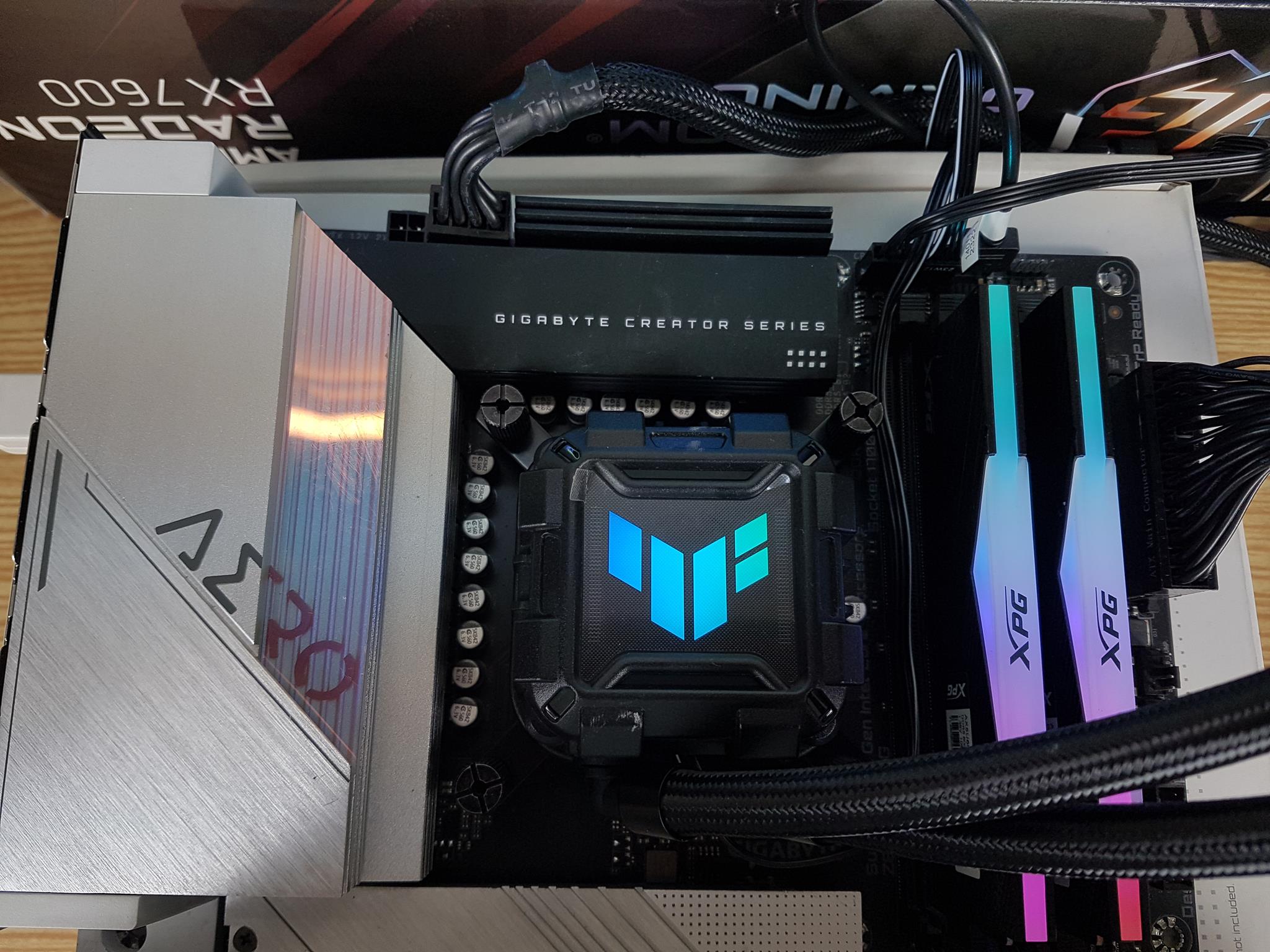
Testing
We have used following configurations for testing:
- Intel core i7 12700k
- GIGABYTE Z690 AERO G D5
- Sabrent Rocket 32GB DDR5 Kit @ 4800MHz CAS 40
- GIGABYTE GeForce RTX 3060 VISION OC
- Sabrent Rocket Q 500GB NVMe SSD [For OS]
- Be quiet! Straight Power 11 850W Platinum PSU
- Thermaltake Core P6 TG Snow Edition in an open frame layout
Test table for Intel core i7 12700k is:
| Clocks | P-Cores 4.8GHz/5.0GHz
E-Core 3.8GHz/4.0GHz |
| Voltage | 1.20V |
| C-States | Disabled |
| Speed Step | Disabled |
| Rest of settings | Stock, Auto |
| XMP | XMP Loaded where available |
| Thermal Paste | Noctua NT-H1 |
| Thermal Paste Application | X lines method |
| Headers | CPU_FAN, CPU_OPT, and PUMP Headers |
| Stress Software | CINEBENCH R23.2 |
| Stress Run Time | 30 minutes |
| PC Idle Time | 5 minutes |
| Monitoring Software | HWInfo64 |
| OC Tool | Intel XTU |
The ambient temperature was in the range of 25°C to 25.5°C. Since the variation in the ambient temperature is within 1°C, we are reporting absolute temperatures in the graph. The testing is done on an open-air bench system. Once inside the chassis, the temperatures are expected to rise and would largely depend upon the optimal airflow inside the chassis.
Disclaimer: Every silicon is different hence no two same SKUs are likely to take same voltage to yield same performance at same thermals per se but the margin would be close. Not every stress test run may yield the same result which could be due to various reasons like thermal paste application, ambient temperature variation, the mounting pressure of the cooler, etc. This is very why we have listed our variables and their settings. Let’s take a look at the results.
Result
This is a decent performance from the Asus TUF Gaming LC II 360 on our first test run. I then applied the heavy overclock of 5.0GHz on all P-Cores and 4.0GHz on all E-Cores.
Now, we can realize the true cooling potential of this cooler where it manages to take a lead over the SL360 from ID-COOLING.
Noise
Our sound meter shows this unit making a sound output of 52 dB(A) at an ambient of 32 dB(A).
Conclusion
Asus carries multiple lines of liquid coolers under the ROG, Strix, and TUF series with Ryujin series being the flagship cooling solution from the manufacturer. The TUF series of liquid coolers supplements the TUF Ecosystem from Asus and this series is a more mainstream cooling solution covering the budget users with no compromise on the performance.
Asus has launched the TUF Gaming LC II 360 ARGB cooler recently. As per the user manual, it seems to be the V2 of the existing cooler in this series. This cooler is compatible with Intel LGA115x, 1200, and 1700 sockets and AMD AM4 and AM5 sockets. There is no support for the Intel LGA20xx sockets.
This cooler has an aluminum-made radiator having a dimension of 397x124x27mm (LxWxH). 27mm is the height of this radiator. Since this cooler comes with 25mm thick fans, the overall height of this unit would be 53mm approximately including the heads of the Philips screws. FPI count is 20 and there are 12 coolant flow channels. Two screws on the near block could be covering the refill ports or something but I am not sure about it.
The pump is integrated into the tubes hence named decoupled pump, unlike the doubly-decoupled pump on the Be Quiet! Pure Loop 2 series of the coolers. This pump is PWM controlled which is a wise design. Asus has not mentioned any power rating or speed of the pump in the specifications. This unit has black color rubber tubes that have nylon braided mesh sleeves over them. The length of these tubes is 400mm.
The block is made of ABS material and according to Asus, there is a PVD Lens over the top of this block to bring more aesthetics enhanced with physical vapor deposition style. The height of the block is 45mm. There is TUF log branding over the top which is fixed hence you would need to install the block in an orientation in which the logo remains upright. This logo is an ARGB backlight. The unit has a copper base measuring 52x52mm approximately.
Asus has used standard connectors for the fans and the block using 4-pin PWM connectors and standard 3-pin ARGB connectors. They have provided a 3-way PWM splitter cable to daisy-chain the fans and control them from a single source. There is also a 4-way ARGB splitter cable having male connectors. All ARGB connectors from fans and the block are required to be connected to this cable to enable single-source control. The ARGB solution is compatible with the RGB sync technology of motherboard manufacturers.
There are 3x 120mm ARGB fans which are designed to perform on radiator in particular. Each fan has 7x translucent blades having grooves towards the tip of the blade. This is done to enhance the airflow and reduce noise from turbulence. The plastic frame is quite sturdy and finished in black. There are no arrow markers on the frame. These fans are rated for up to 2000 RPM ±10% generated 67 CFM airflow at 3.0mmH₂O static pressure at a noise output of 29dB(A). Asus has not mentioned the bearings and lifetime expectancy of these fans.
I have always found it difficult to install a thumb screw or bolt on the top left side of the near socket area for the installation of the cooler particularly on the Intel 12th generation and onward. Asus solution is no different than many other vendors like InWin, TeamGroup, SilverStone, etc. A simple solution is to use a backplate that has pre-installed standoff screws on the mounting corners or use the approach taken by EK Water Block on the Nucleus series of coolers.
I have tested this cooler on a GIGABYTE Z690 AERO G D5 motherboard using an Intel LGA1700 socket. The installation of the block involves 14 items. The installation itself is straightforward other than the observation recorded above. The ARGB lighting was working flawlessly using the GIGABYTE RGB Fusion 2.0 app.
The Asus TUF Gaming LC II 360 ARGB is listed at USD 149.99 on NewEgg at the time of this writing. This is a competitive pricing in this range. Asus is offering a staggering 6-year warranty on this cooler. This cooler packs a good performance which is comparable to the other mainstream coolers from the competition.
Pros:
- Thermal Performance
- TUF Branding over Block
- Digital RGB Lighting
- PWM Control for Pump
- Easy Installation
- 6-year Warranty
- Price
Cons:
- None










